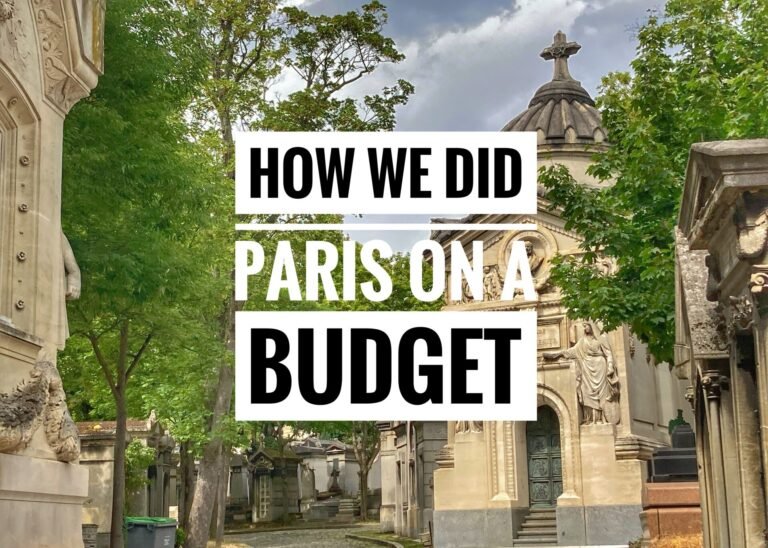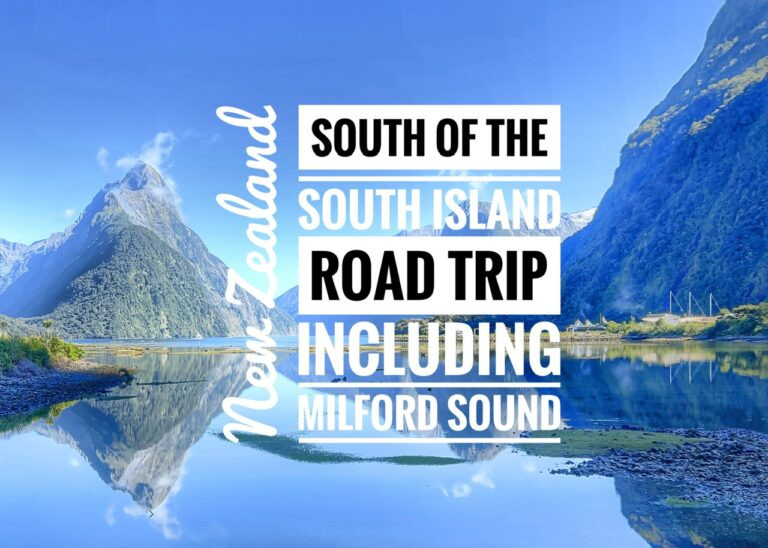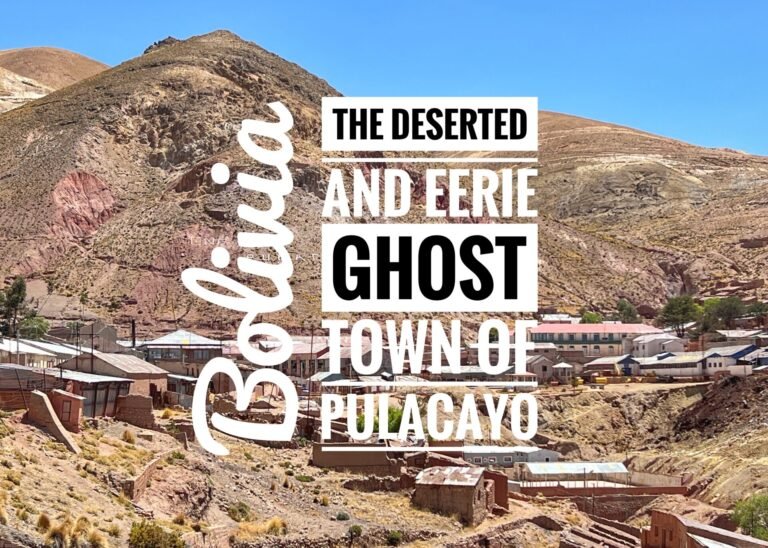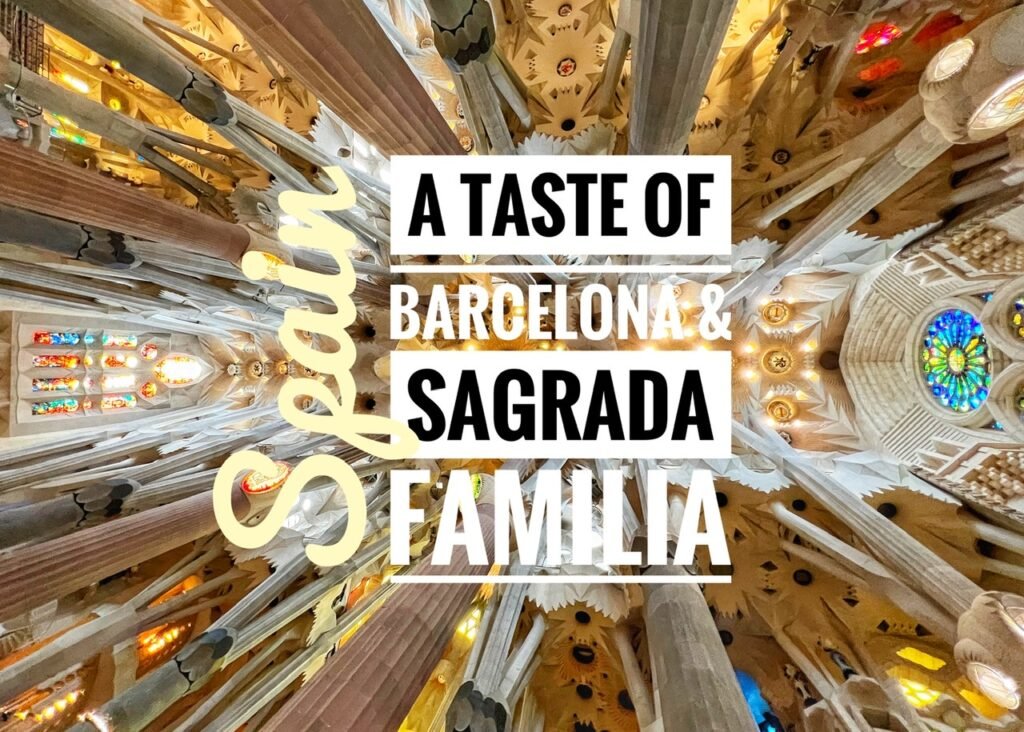
We kind of had high expectations for Barcelona. After all, we had been promised by many people who had visited that, “you’ll LOVE Barcelona…even if you’re not into cities” or “it’s just different…you’ll see.” So perhaps, the initial problem was…our expectations were too high.
But firstly, moving into another giant city was the least of what Mandy’s foot desired and it continued to be very challenging to navigate and maneuver. We continued to have issues with the hours and also, Barcelona, like the rest of Spain, was simply very expensive for us.
The Real Free Walking Tour
So, for starters, rather than do the “free” walking tour and have to pay a tip, Greg opted to toss his earbuds in to listen to the guide of all Euro guides, Rick Steves, to conduct an actual free walking tour. Rick has free audio guide podcasts all over Europe in fact! In this particular podcast, Rick promised “A world of tangled lanes, boutiques, the majestic cathedral, a Roman temple, and — everywhere — reminders of the proud Catalunyan spirit.” And as usual, the man delivered some interesting, quirky and anecdotal European charm.

The Four Cats Cafe or Els Quatre Gats, in Catalan, is a cafe that famously became a popular meeting place for famous artists like Antoni Gaudí and Pablo Picasso throughout the modernist period in Catalonia. It opened in 1897 and closed in 1903 due to poor management (the manager gave free coffee to all his friends?!) It was eventually restored to its original condition in 1989.

Rambla de las Canaletes is a pedestrian thoroughfare packed with shops and restaurants.


As Greg was strolling through alleys in the Gothic Quarter, good ‘ol Rick led him to a historic fountain tucked amongst the alleyways. Throughout his narrative on the fountain, Rick couldn’t help but mentioning it was where the ladies with the “big jugs” went to fill them up at least four times. ? He truly is the dork of dorks.

La Casa de l’Ardiaca is where the city archives are tucked away in a 15th Century Renaissance mansion. You can visit the pretty courtyard for free.
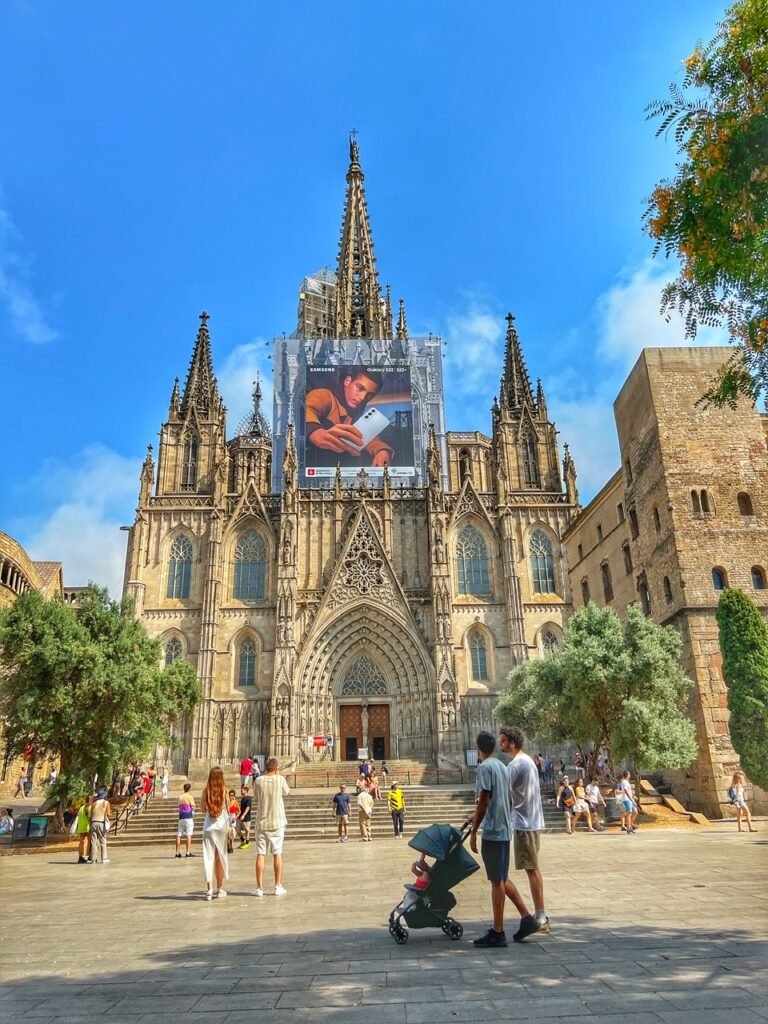
The Catholic Church. Now brought to you by Samsung! ? Also known as Barcelona Cathedral, another gothic masterpiece from the 13th Century.
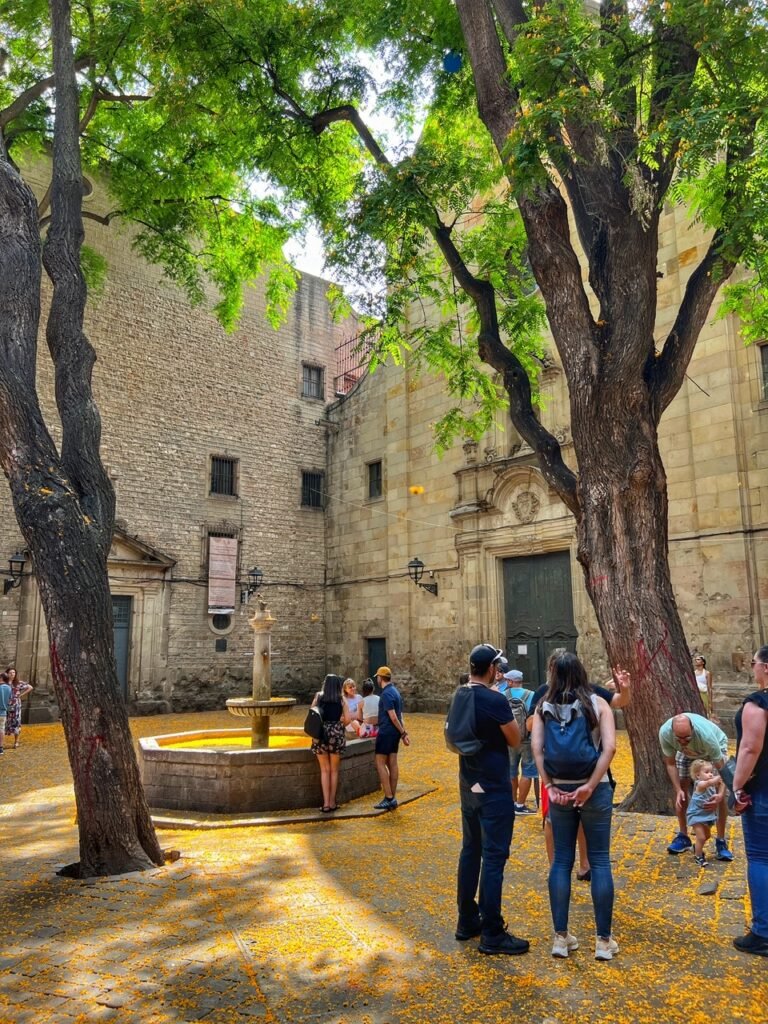
The charming Plaza de San Felipe Neri was coated in a lovely yellow carpet, thanks to the flowering trees that swept over it. If you zoom into the back of the photo, you can see pock marks from bombs at the base of the facade.

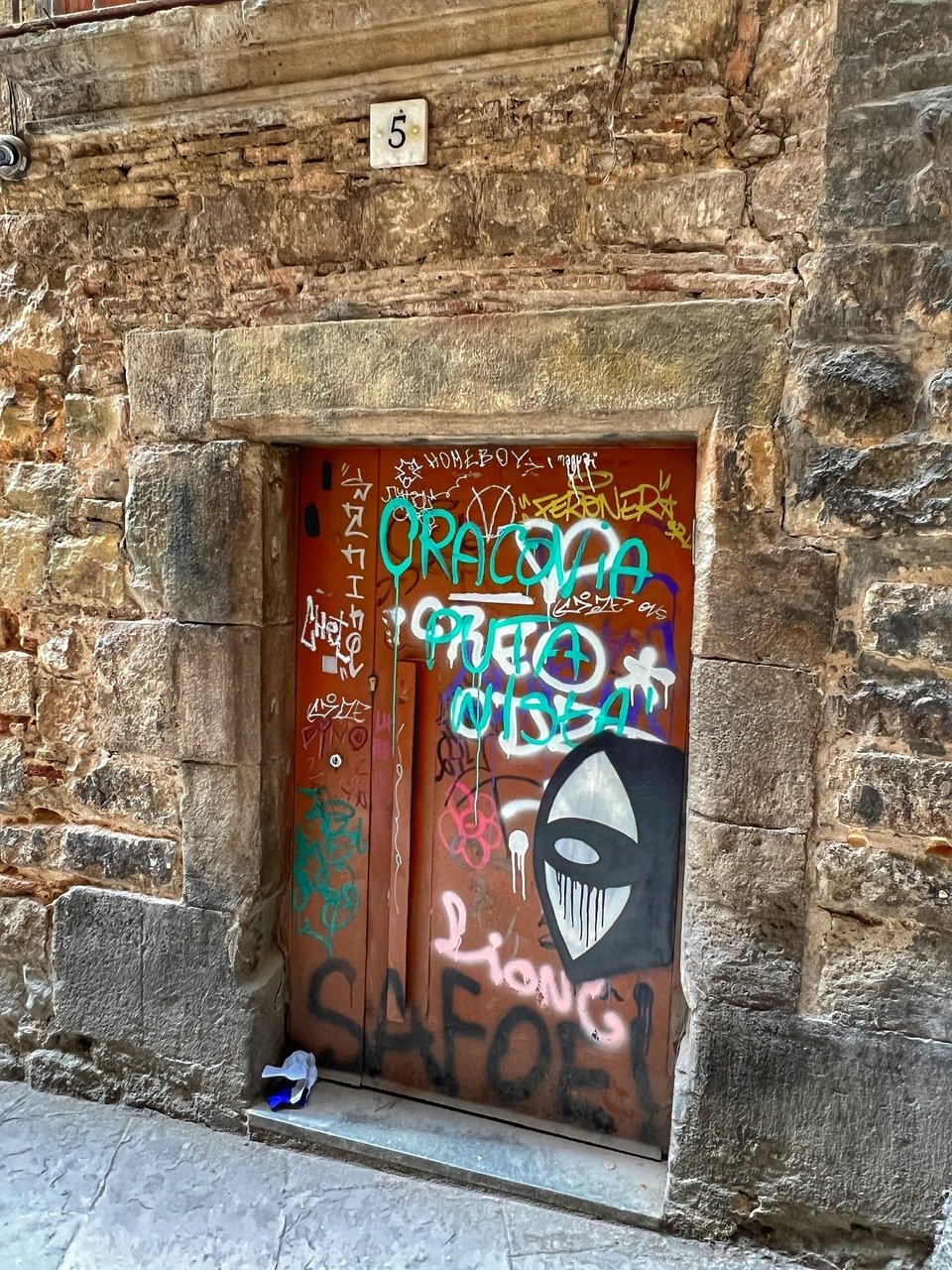
Greg, prompted by his new friend, wandered into the Medieval Jewish Quarter or El Call. Archaeological evidence suggests that there was a Jewish community in Barcelona as early as the first century AD, shortly after the city was founded. At first, Jews were allowed to live wherever they chose but during the Middle Ages, they were confined to a small area just inside the city walls.
During the fourteenth century, Europe was ravaged by the Bubonic Plague. During this time, the population of Spain toppled from six to 2.5 million. People, as they often do, looked for someone to blame and the obvious target was the Jews who were accused of poisoning the city’s water supplies. In the years following, the Jews were not only blamed but murdered, tortured and forced to convert to Christianity or leave Spain. All, this, of course long before the atrocities of the 20th Century. (barcelonalowdown.com) This photo was the site of the the first synagogue from 3rd Century, one of Europe’s oldest. Only the bottom layer is the foundation from that existence. Everything since has been piled atop it.
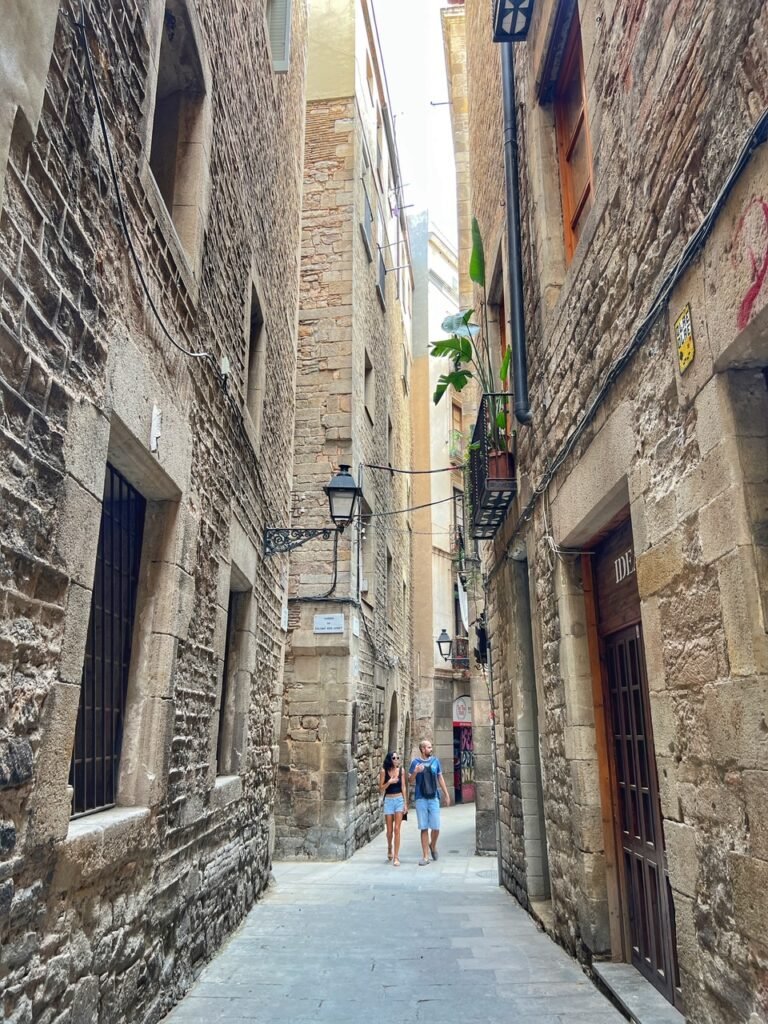
The small area of the Jewish Quarter is an intricate web of alleyways and streets.

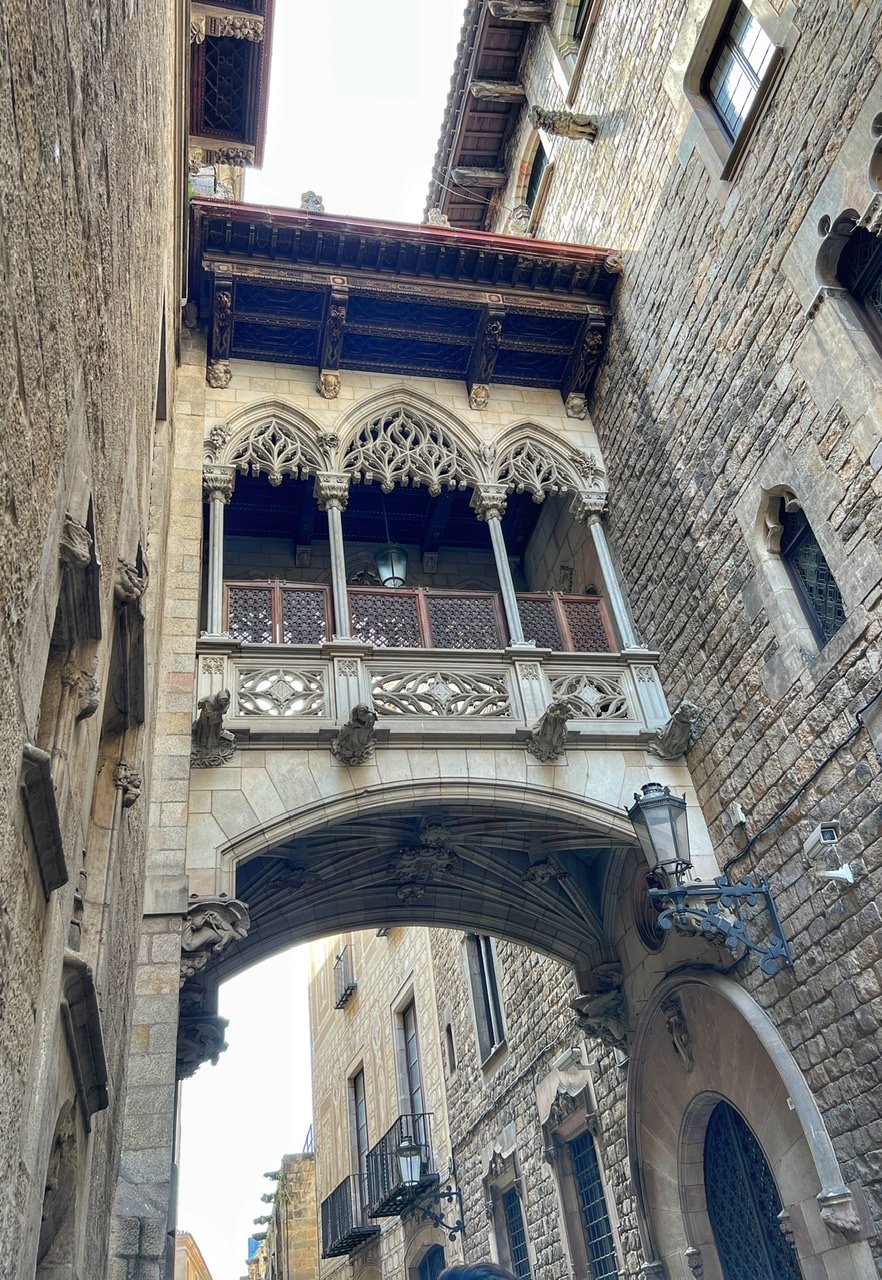
An old palace near the Bishop’s Bridge. Although it looks very old in its gothic design, the Bishop’s Bridge was actually built in the 1920’s.
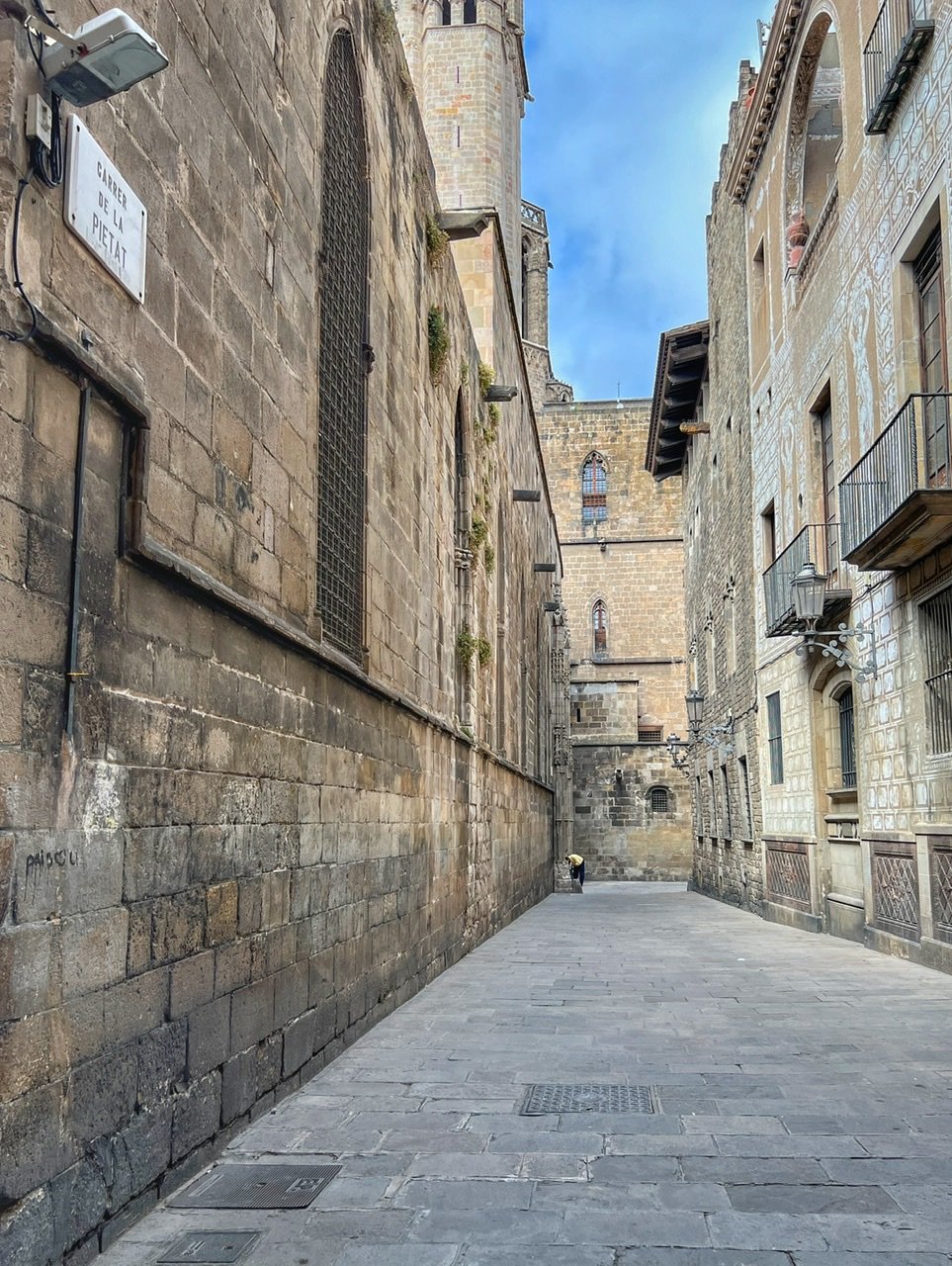
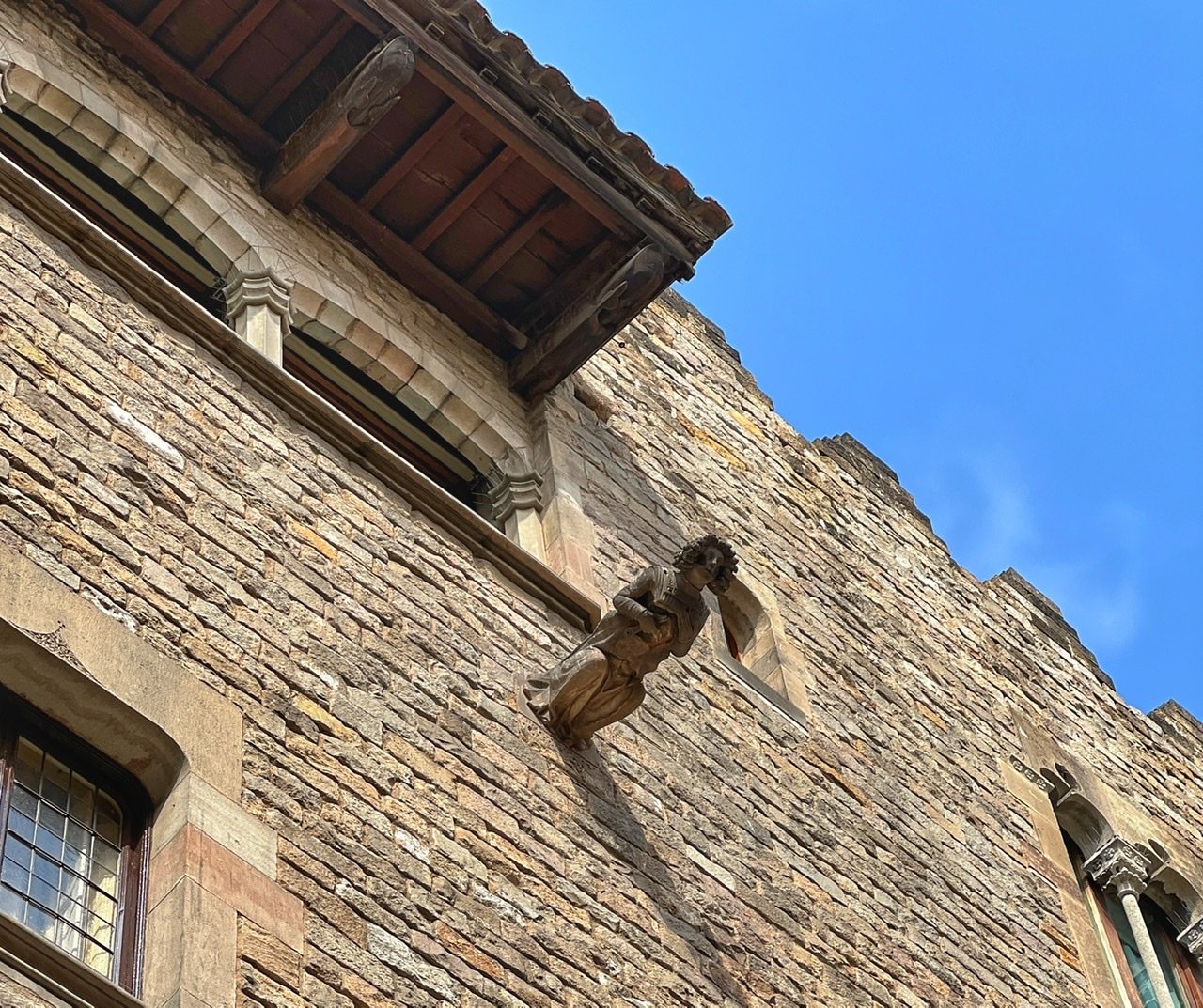
A desolate Gothic Quarter street scape. It seems like a lovely way to get away from the crowds. By the way, don’t forget to look up! You might get the chance to be peed on by the enchanting little rain spouts.

A peaceful little enclave tucked away courtyard holds three preserved stone Roman pillars from 1st Century BC. These were part of the Temple of Augustus. Greg would not have found this one without his dorky friend’s handhold.
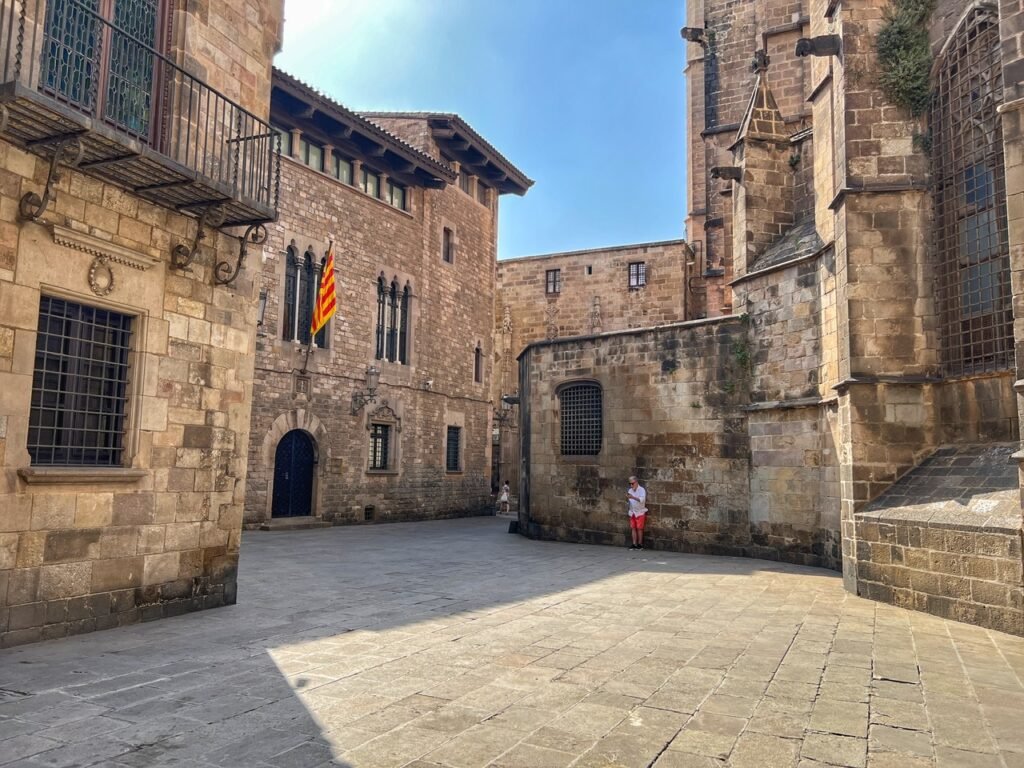
According to Rick, this particular location behind the Barcelona Cathdral is often used in movie sets when the directors are looking for a “medieval vibe.”

After Greg’s solitary day ‘o adventure, we re-joined for another unsuccessful Spanish meal near our Airbnb. (By the way, our room was a fantastic budget option for our first three nights in the city!) But despite it being centrally located, unfortunately, our food options were limited thanks to Mandy’s inability to walk far.
That said, during our time in Spain, we didn’t have one traditional meal that made us wish we hadn’t cooked on our own thanks to the cost and nutritional value. This particular tapas meal was laden with fried and fattening everything… marinated pork, two forms of calamari, croquettes, and papas bravas dumped with a mayonnaise type sauce. 30€ for all this, and three beers. Fortunately the beers were tasty at least!
Sagrada Familia
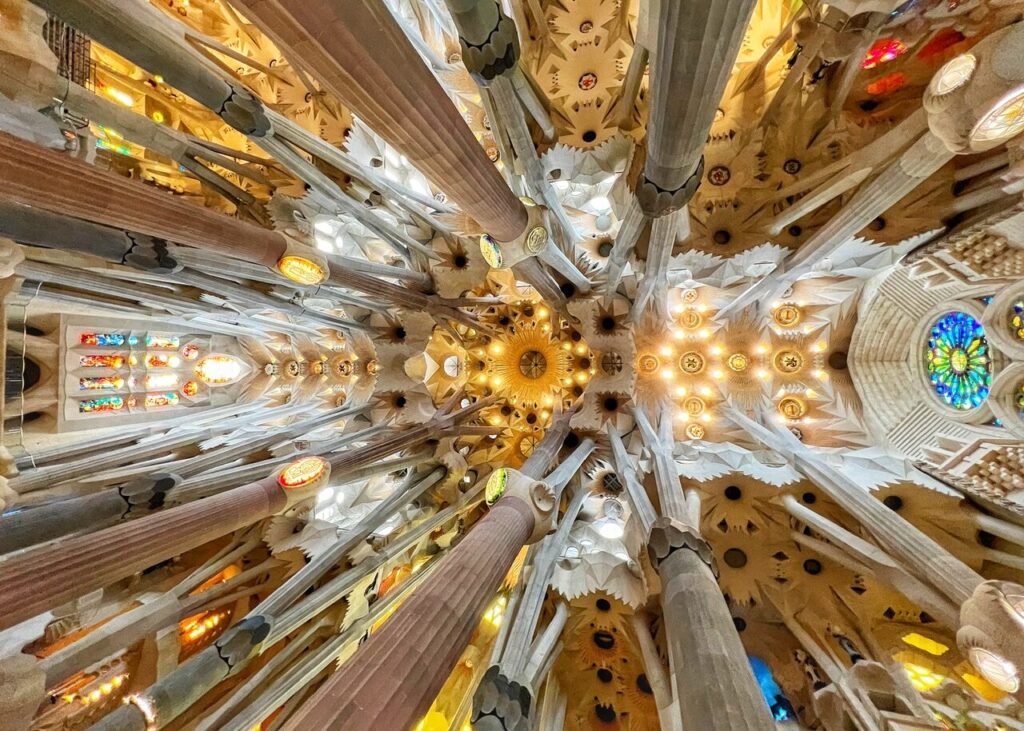
On another day we headed to the famous La Sagrada Familia. Never have we spent three hours touring and contemplating a church. But, stepping into Sagrada Familia is not stepping into a church. It is being embraced into an ethereal world of exaltation and imagination. It is being inside…true art. And although its creator, Antoni Gaudí, is renowned, we don’t understand why he’s not at the level of Da Vinci or Van Gogh. (At least according to our American art education.)
Gaudí’s vision, which continues in its final development 146 years later, is simply mind-blowing in its use of natural light and detailed earthly elements. The sacred Ceiba tree serves as the principle vision and support structure as the trunks soar to the canopy of heaven above and every surface, inside and out, is blanketed with provocative wonder. The cost is a steep 26€ per ticket, but it is well worth it for this experience.
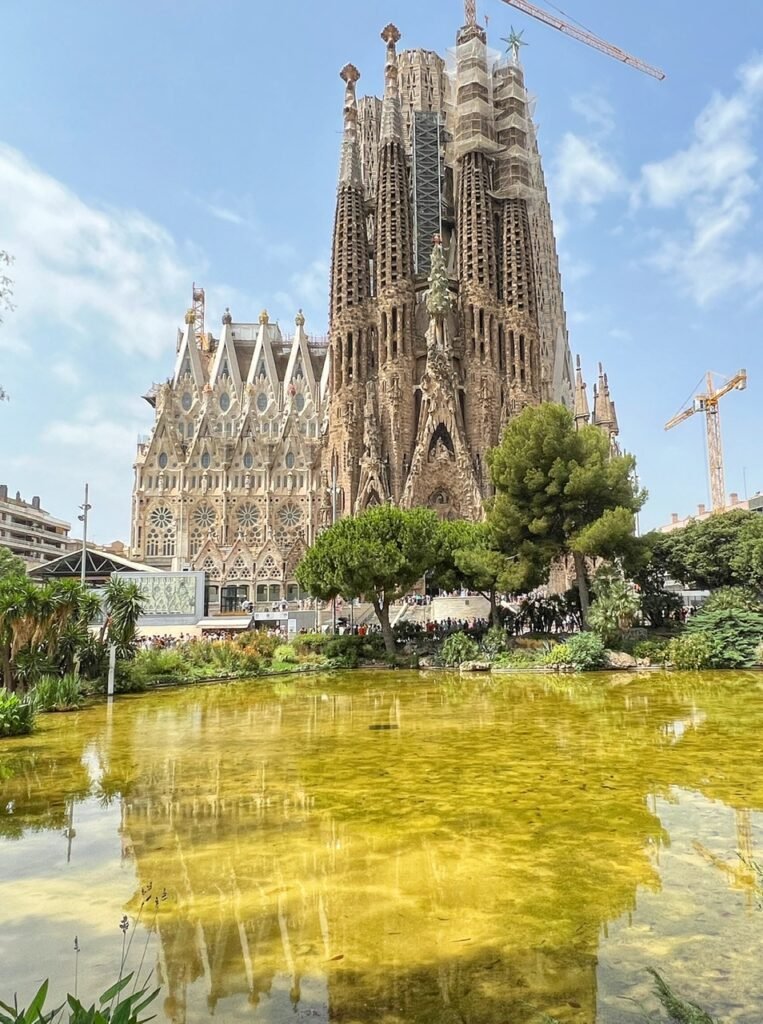
You have to head across the park to view the massive basilica in its entirety. The project has been under construction since 1882. After 146 long years of construction, it is finally slated for completion in 2026, the 100th anniversary of Gaudi’s death. Gaudí is buried in a crypt underneath which he fell into after a tram sadly took his life in 1926. Wondering if that tram driver ever slept another night in his life. What guilt!
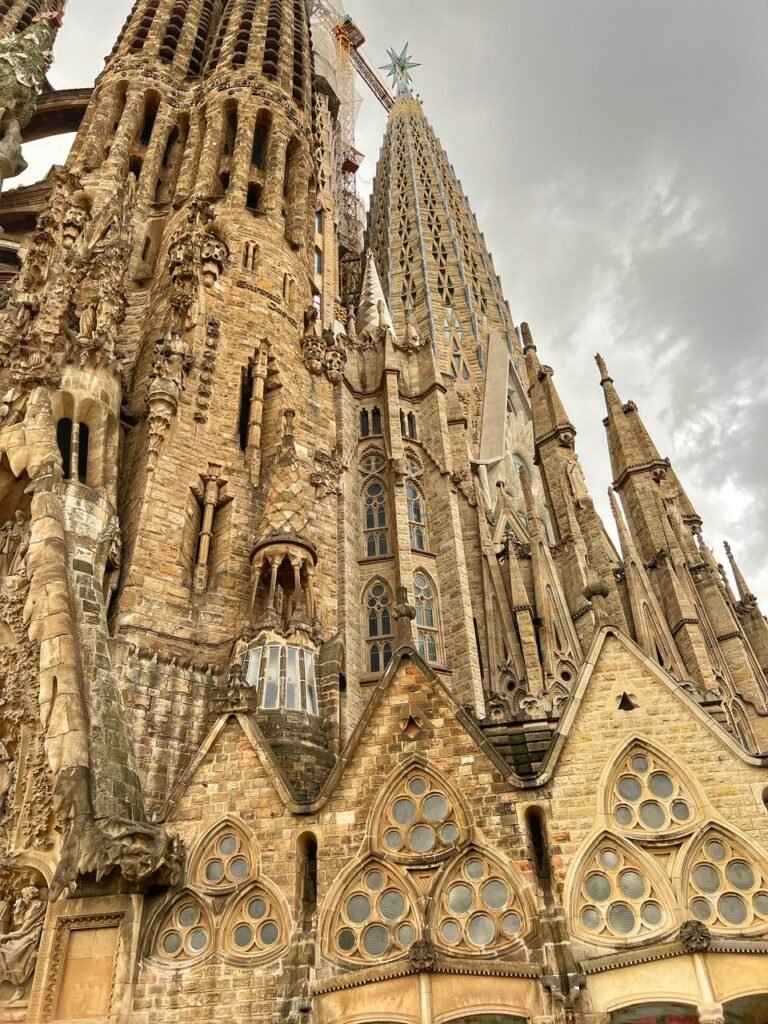
When finished, Sagrada Familia will host a whopping eighteen towers. Gaudi put them in order from tallest to shortest based on the celestial hierarchy. The central tower will be the tallest, dedicated to Jesus Christ. Next to it is the recently completed tower of Mary (Pictured at right here). Then come the four evangelists, Mark, Matthew, Luke and John. The other 12 represent the 12 apostles.

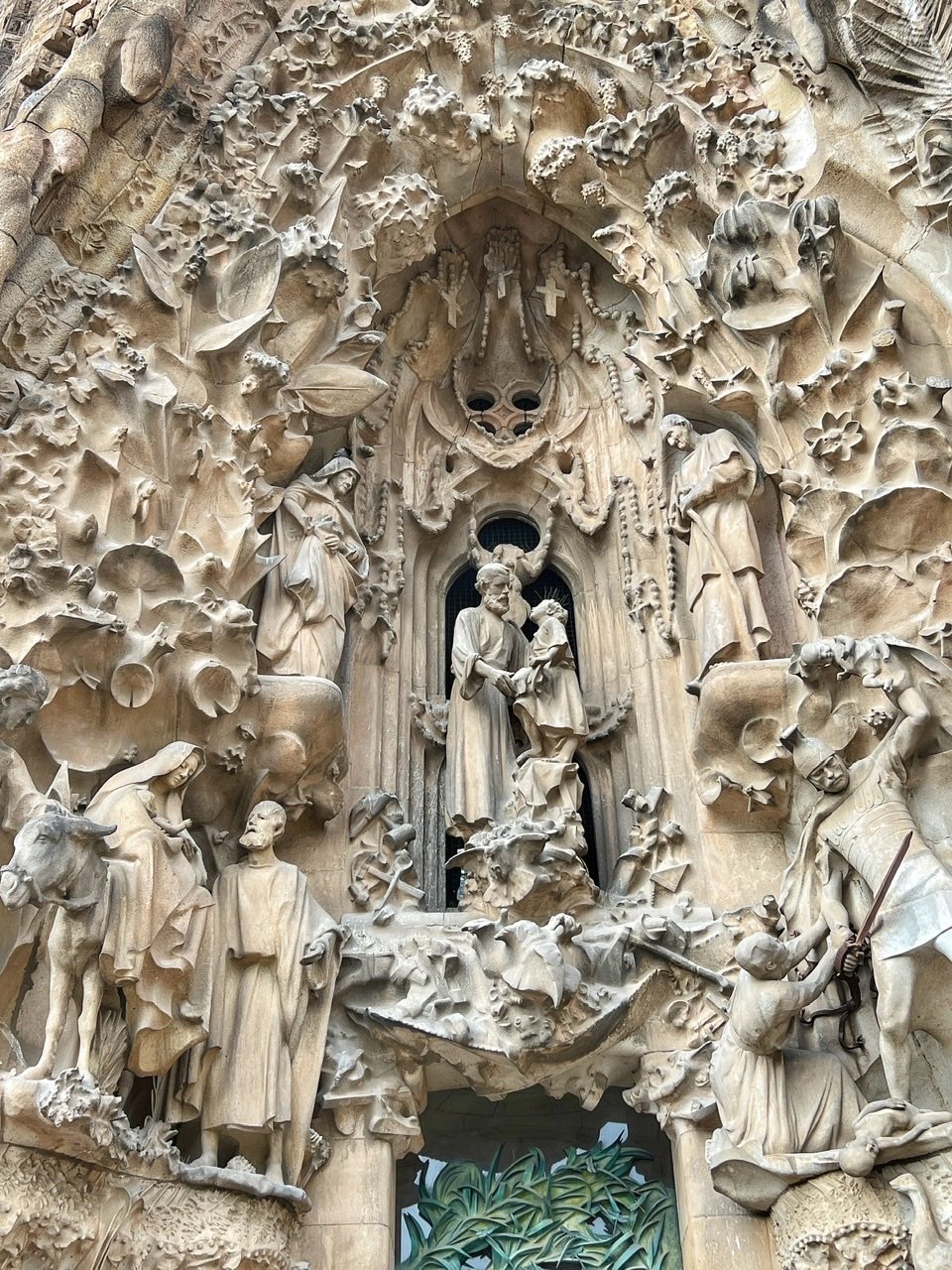
When you enter Sagrada Familia, you enter under layers upon layers of intricate celebratory and nativity scenes featuring hosts of angels, rosary beads, intertwined with natural and religious elements like palm fronds. The detail is overwhelmingly ornate. Most of the faces on this side are happy and light. Thus, it’s a bit staggering to come across the image of a soldier stepping on a child, while holding a baby in the air, over what seems to be his begging mother.
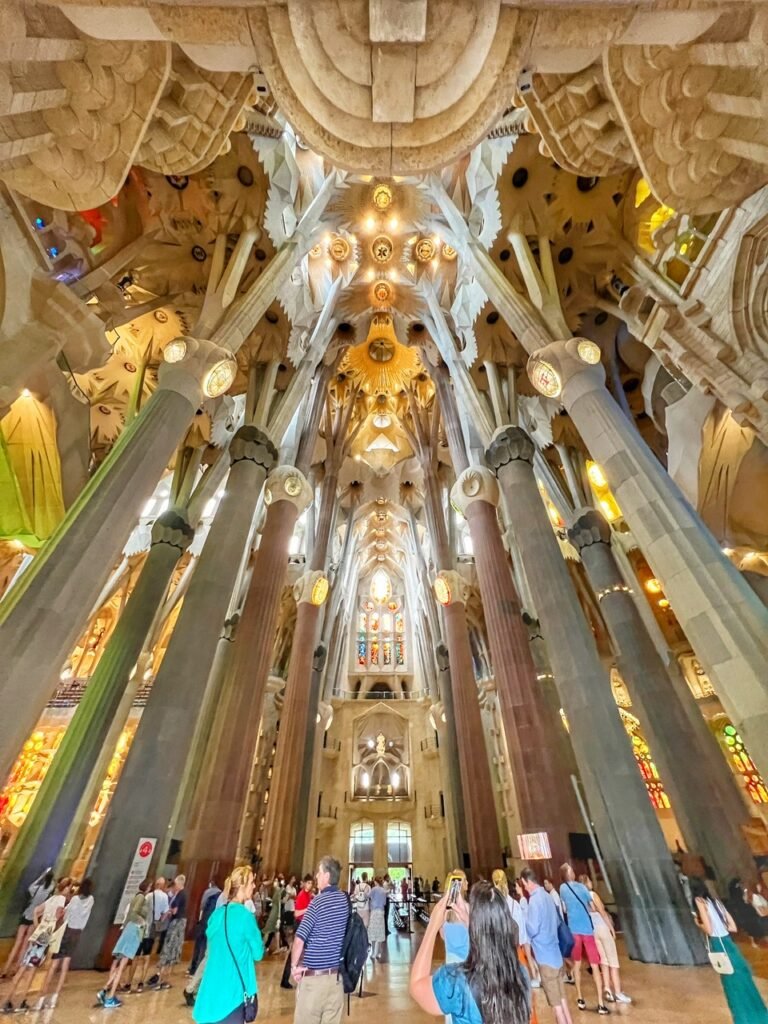
The first glimpse of the breathtaking interior, and the masses of crowds below. It is highly recommended to book in advance and use the accompanying app for the audio tour. Sadly, it seemed like the majority of people went in, gawked at the masterpiece for a couple moments, and snapped a few selfies. We couldn’t really get over this.
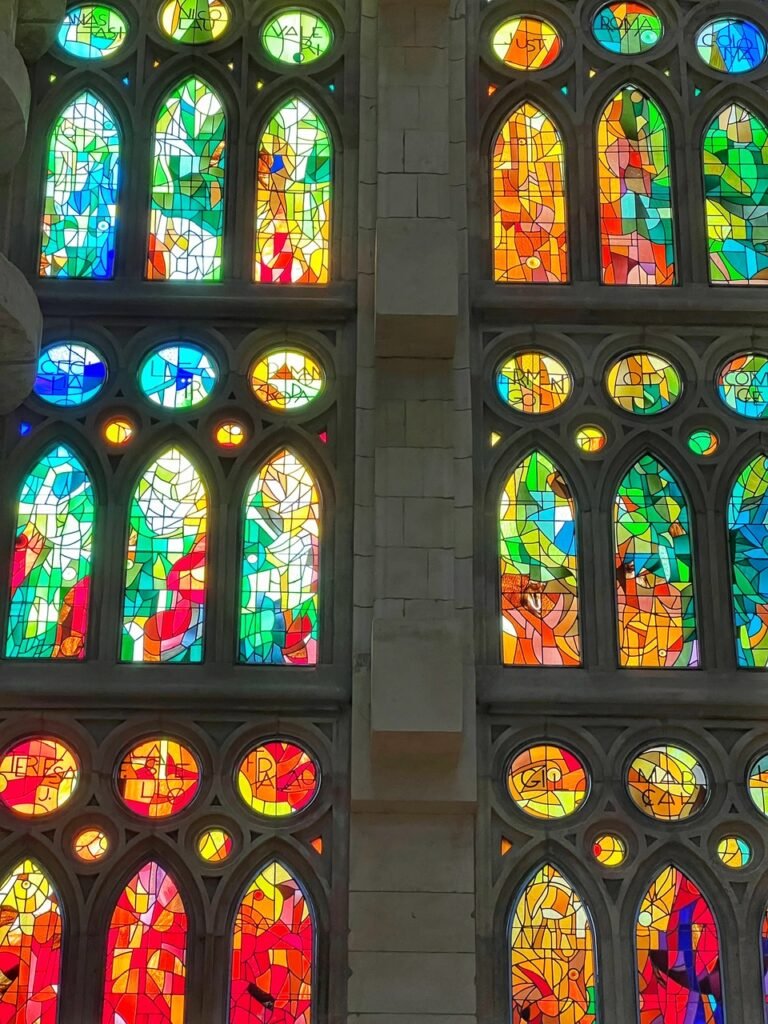
As aforementioned, Gaudí immaculately used natural light and stained glass was a big part of this.

And although much of it features nature, he did also incorporate a plethora of perfect symmetry.


Now that’s an entrance! Just utterly opulent…

The photo everyone desires. Smack in the middle looking up. You can remarkably see both entrances in this photo. Gaudi incorporated the idea of the knots on a tree into his design of the column capitals in the central nave. All the light you see is natural.
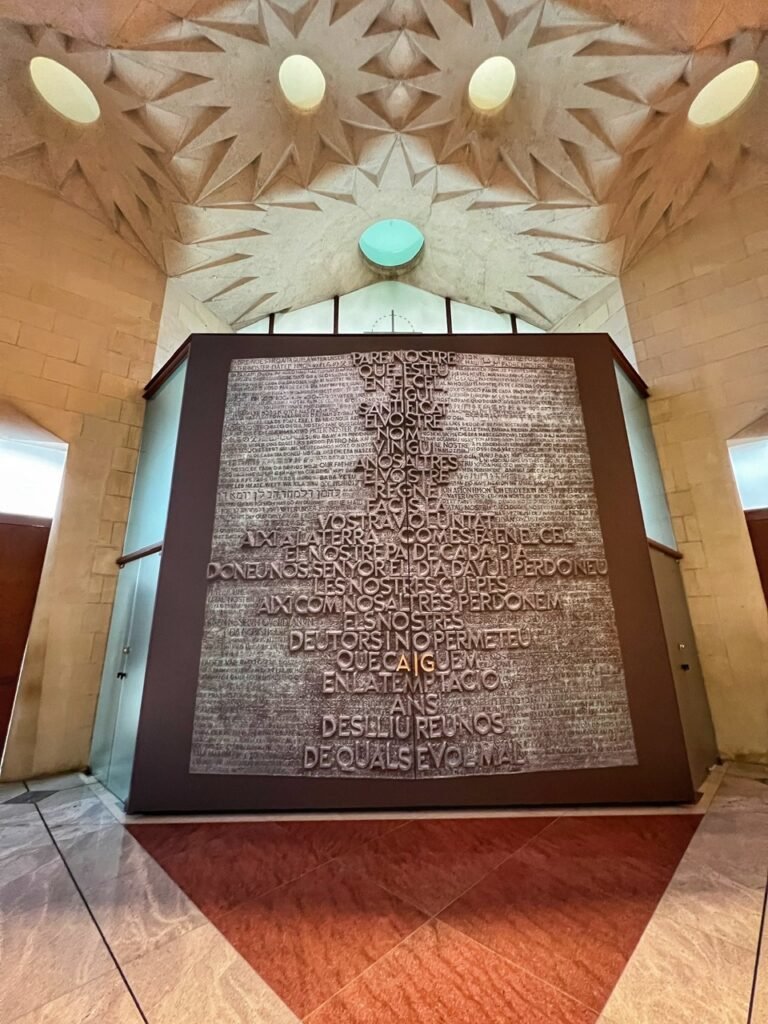
This will be the main entrance door once all the work has been completed. The Lord’s Prayer is written on it in Catalan, the language of Barcelona’s people.
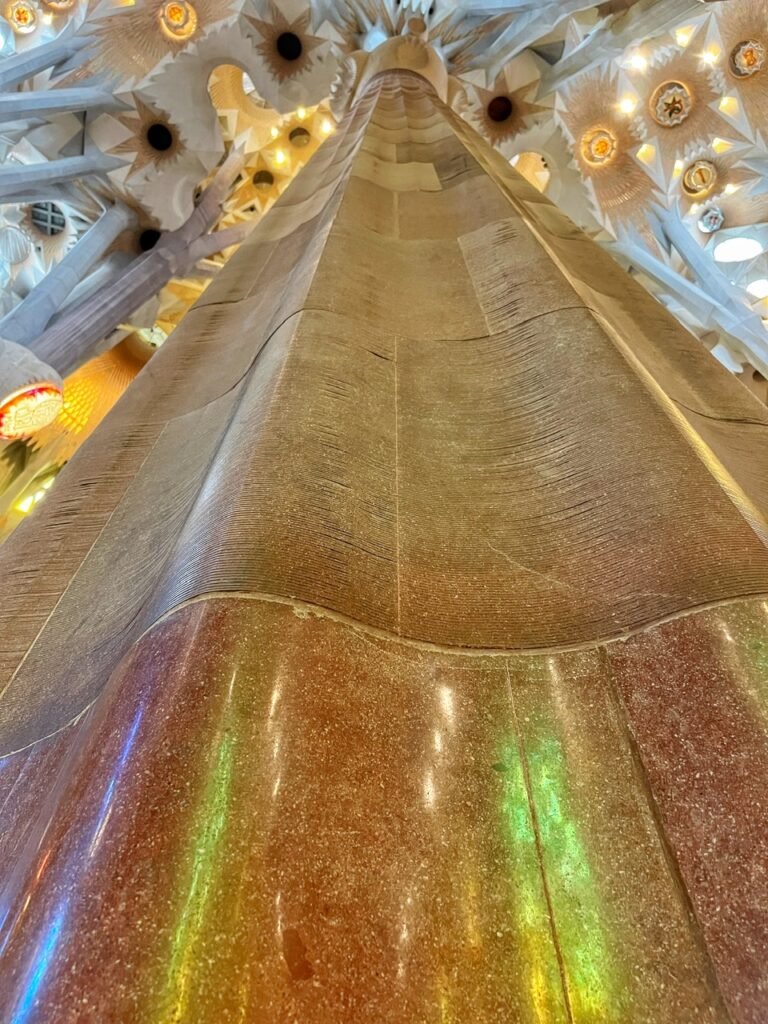
Here you can see the curves in the base of one of the magnificent tree columns. The trunks soar to the ceiling and the branches splay out to support the roof. Unbelievable.

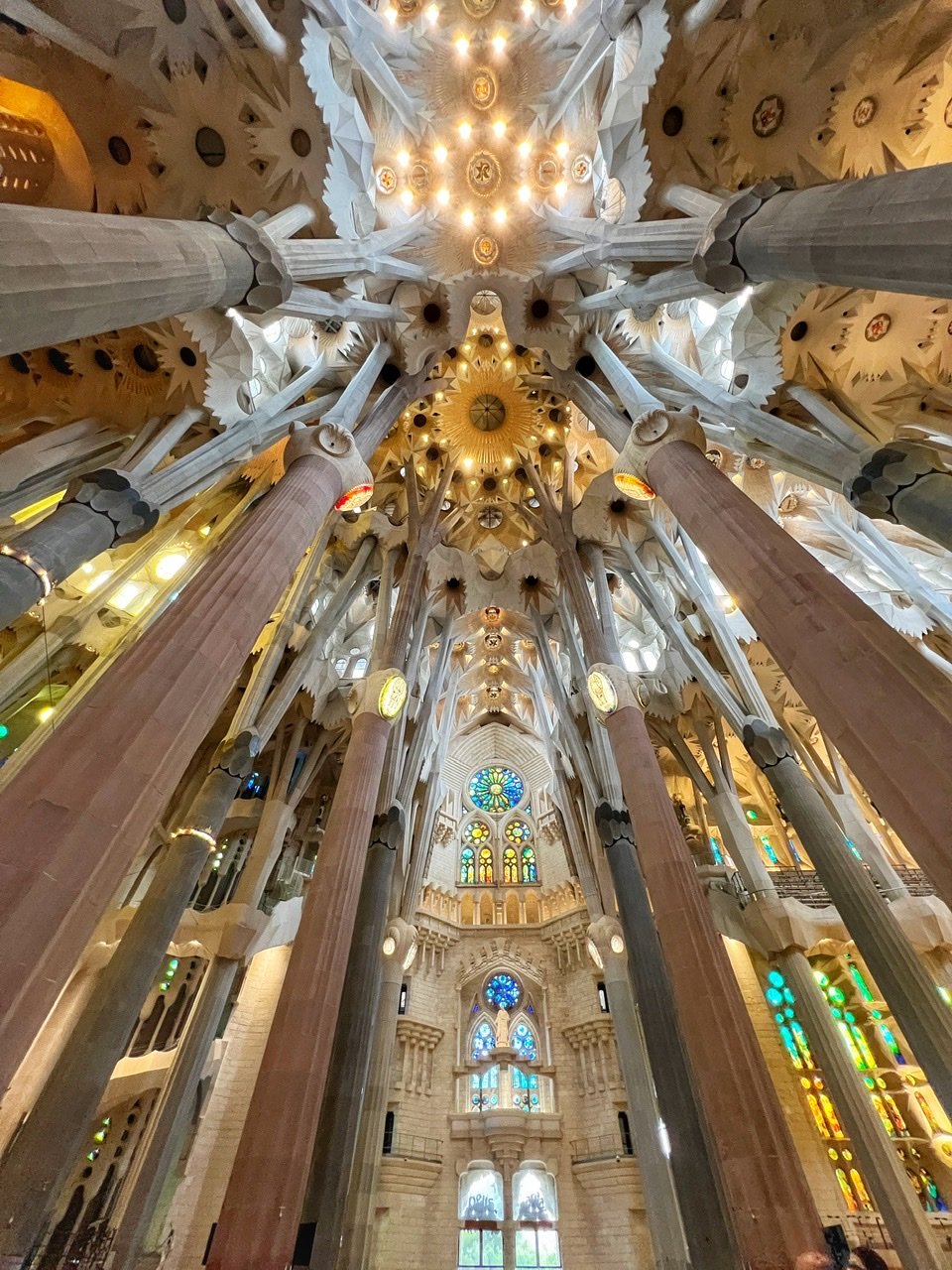
It was not easy choosing just a few photos to showcase this view.
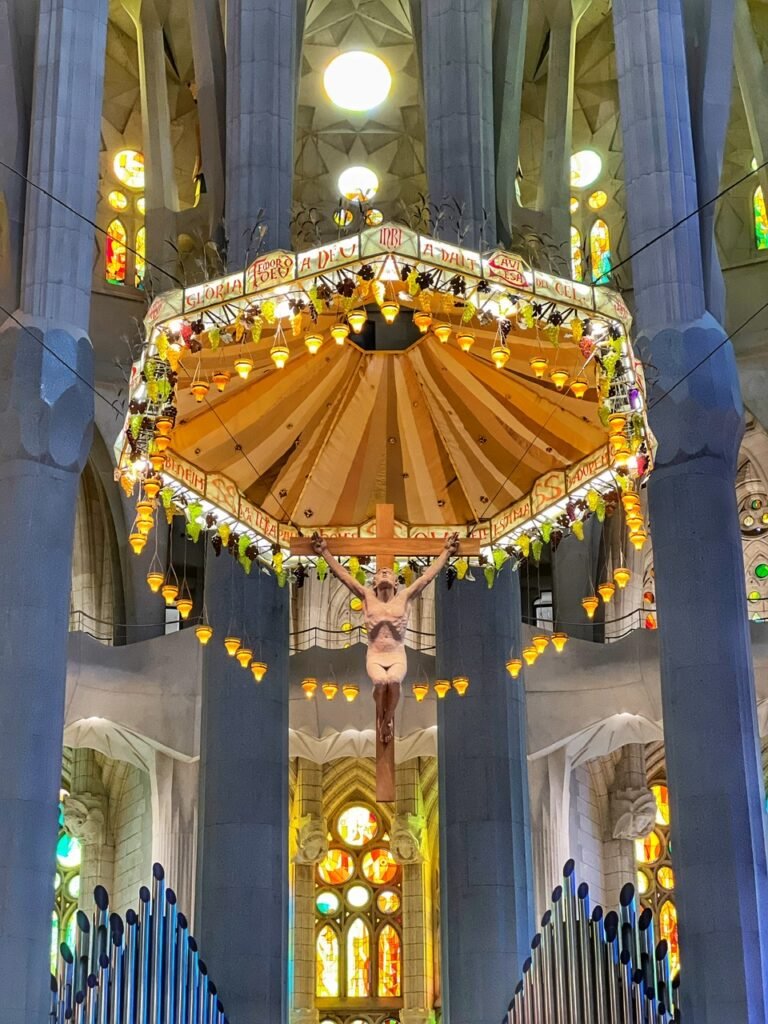
The modest, yet arresting altar under which the priest stands. And yes, they offer a weekly mass here at 9 am on Sundays. As you can imagine, it’s very crowded with limited seating. It also is in multiple languages.
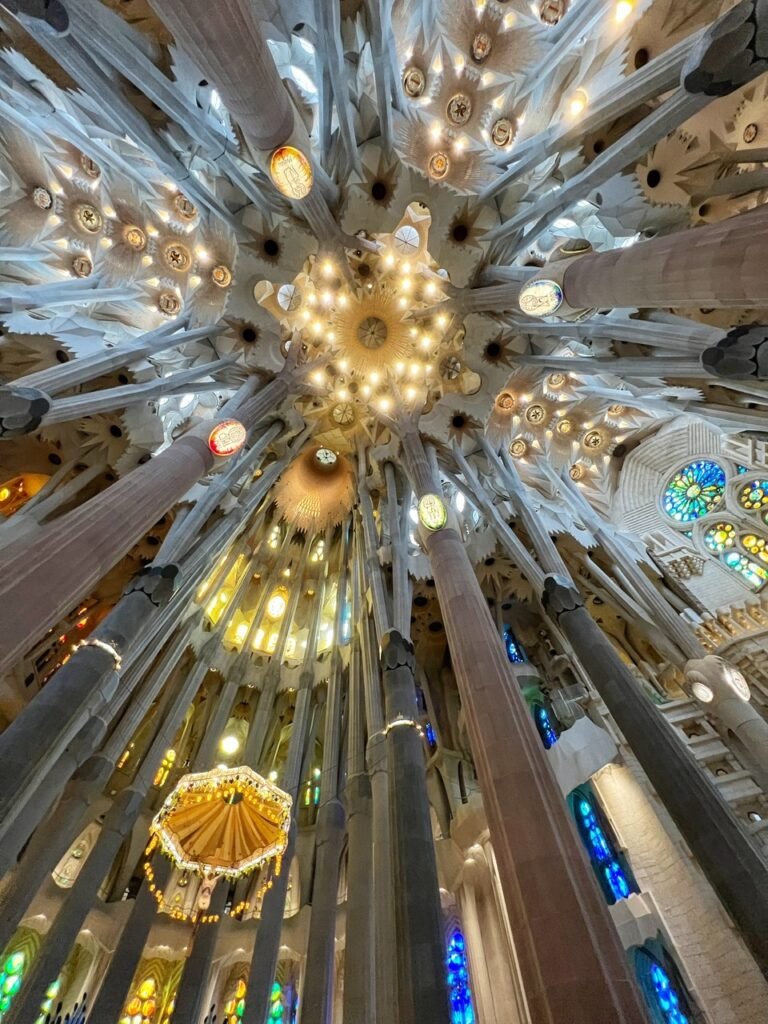
The beautiful altar floats amongst the heavens.

It’s amazing how well it works amongst the other elements. How could Gaudí have possibly had such a vision to never be able to see it through?
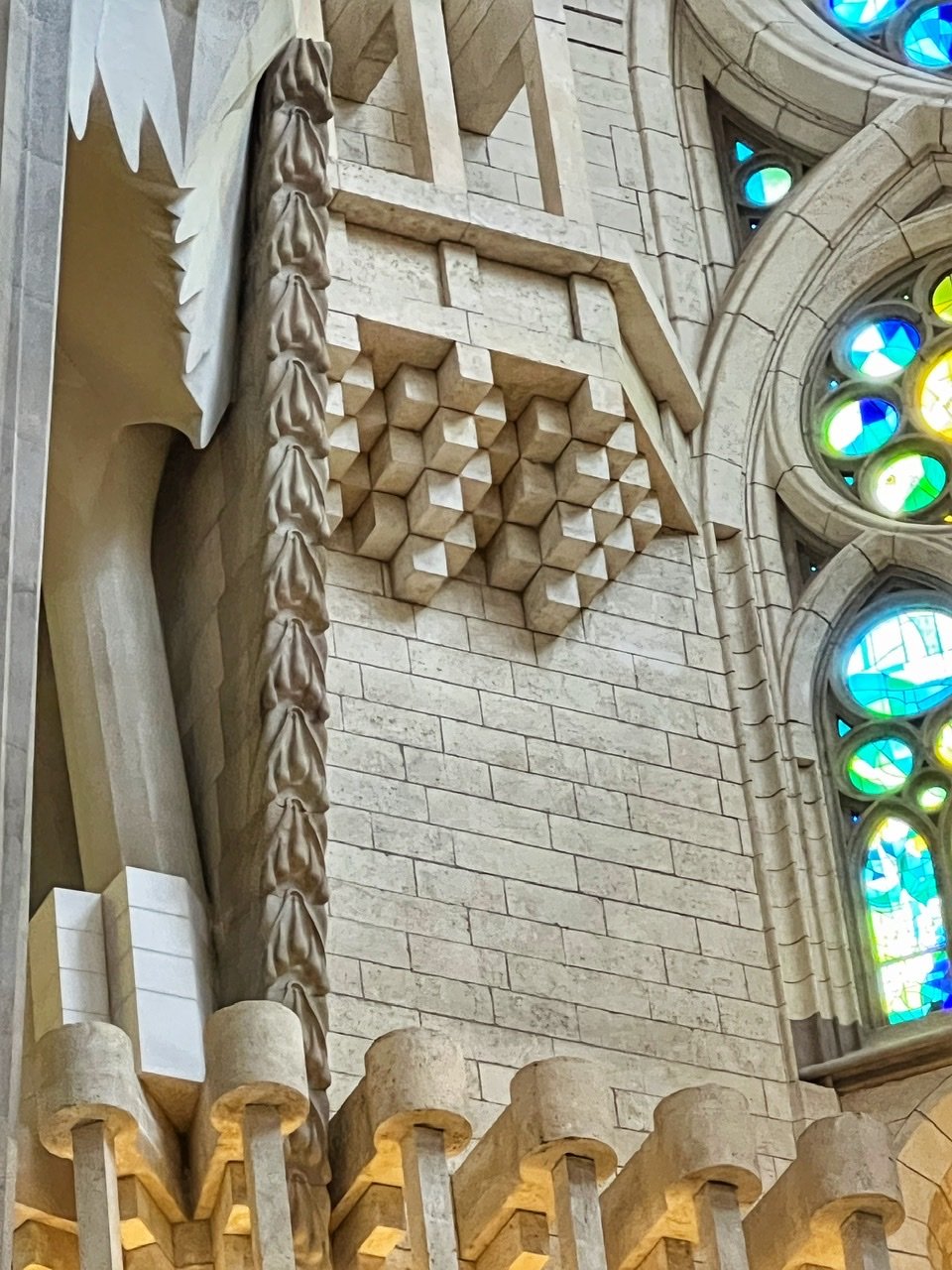

We were surprised to even see Tetris-like cubes being stacked in the corner curled up next to walls of blue. (Just in case you get bored in church?)
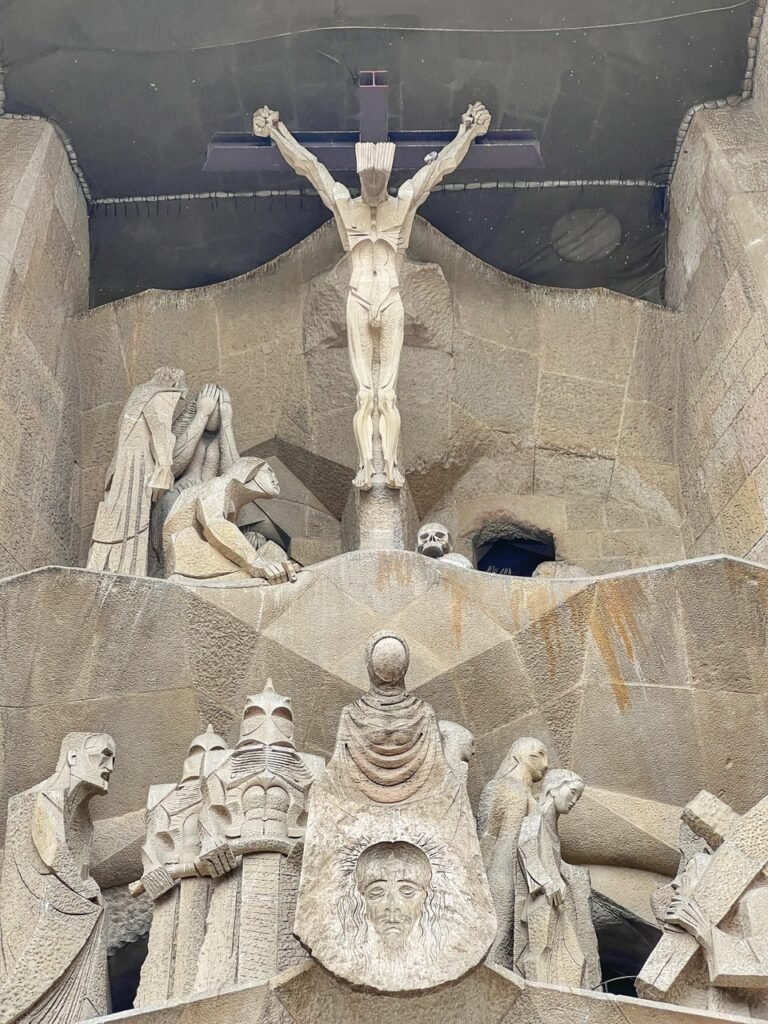
The exit to Sagrada Familia is quite opposite to the entrance. It represents the crucifixion of Jesus and is known as the passion facade. The faces are cold, hardened and a bit scary. Many people argued that they were too abstract and took away from Gaudí’s style and vision as an artist and architect. We were also surprised to see aliens up there but then realized they were knights…haha.
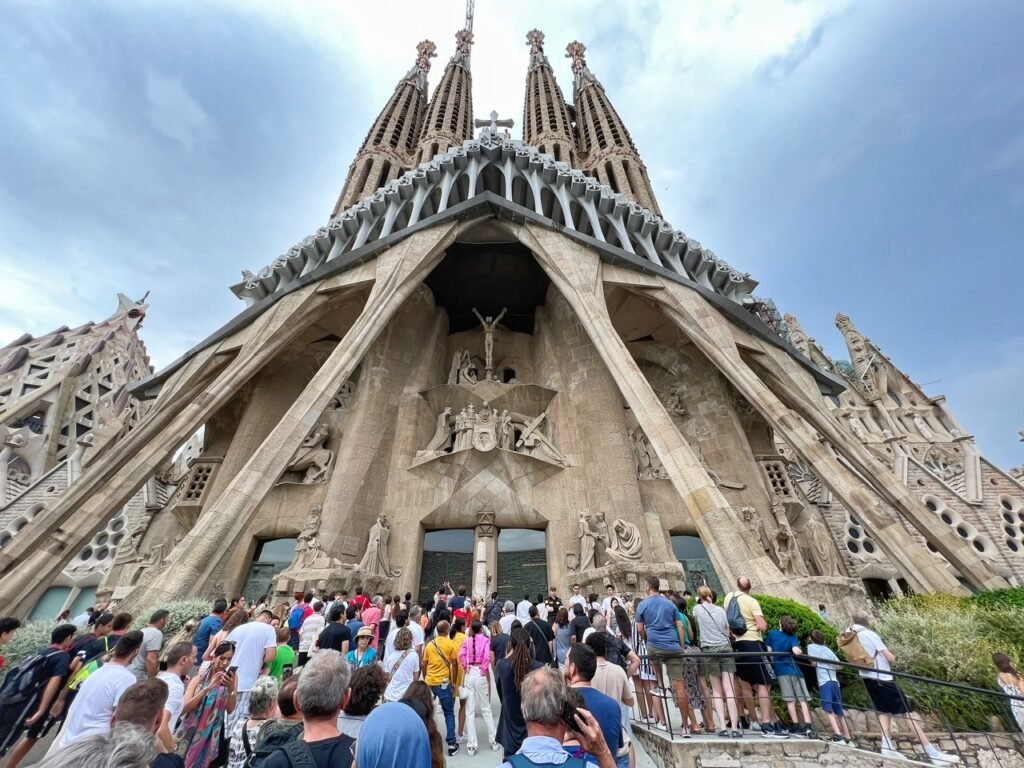
The massive crowd underneath the exit.
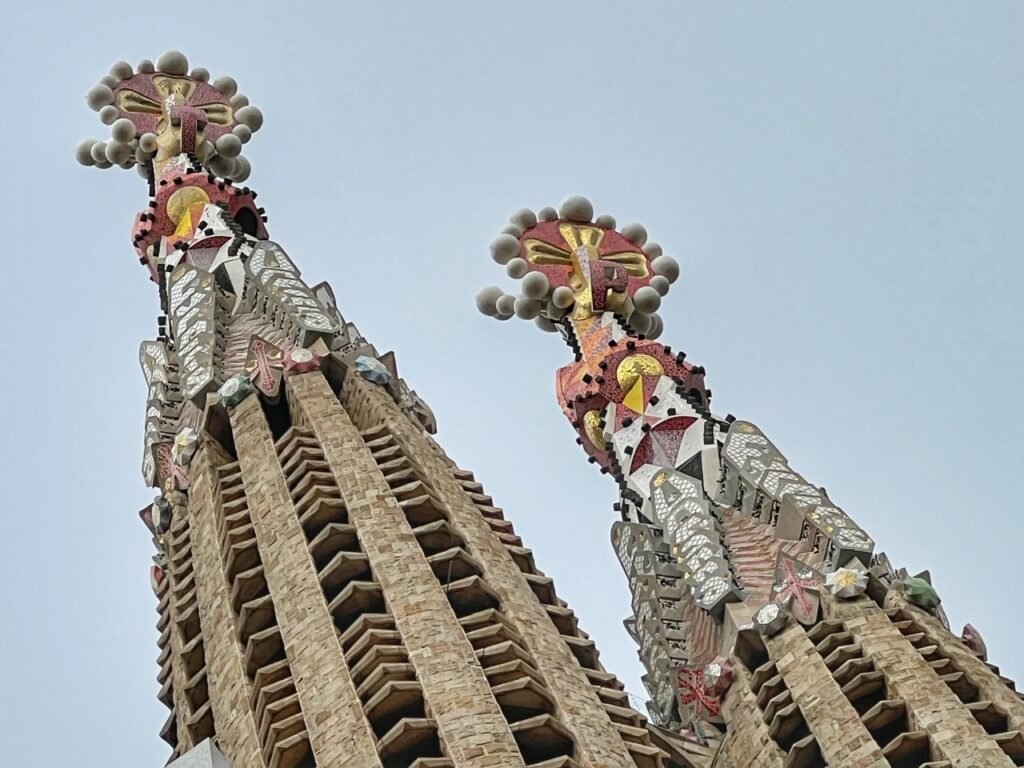
Some of the spires even have bursts of color.

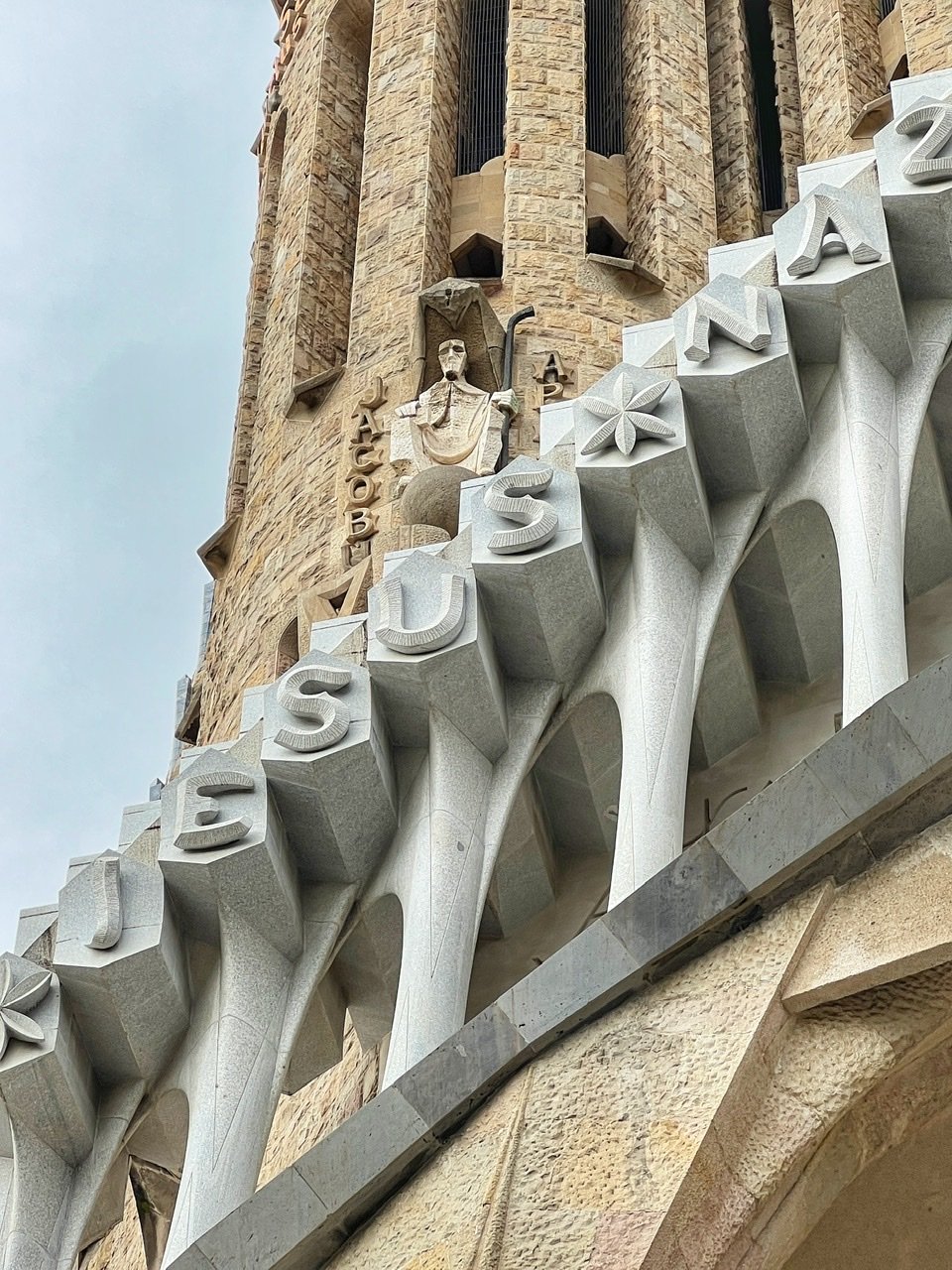
If you look closely, you will also see plenty of writing on the church. Over the exit is Nazareth, the last part of Jesus’s name. And at right, the first. With the Jacob tower in the background. (who also looks like an alien). There is script in many different languages throughout the basilica. Gaudí wanted to include many languages as an invitation to all.


More details of the exterior. Look at the drain pipes. In the shape of snails? So clever.

Somber faces
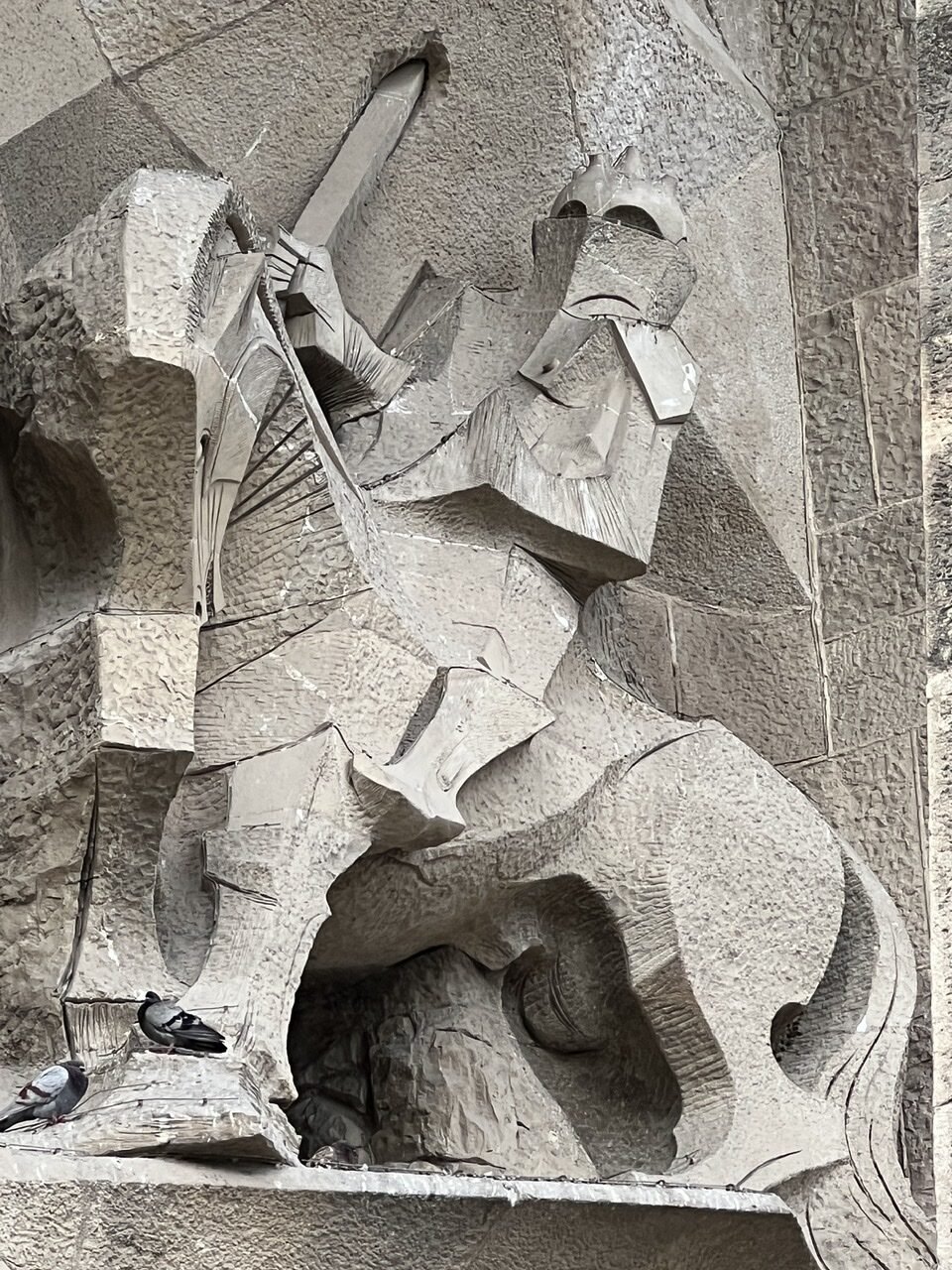
Ah, this one looks more like a knight. A Lego variety, but still…
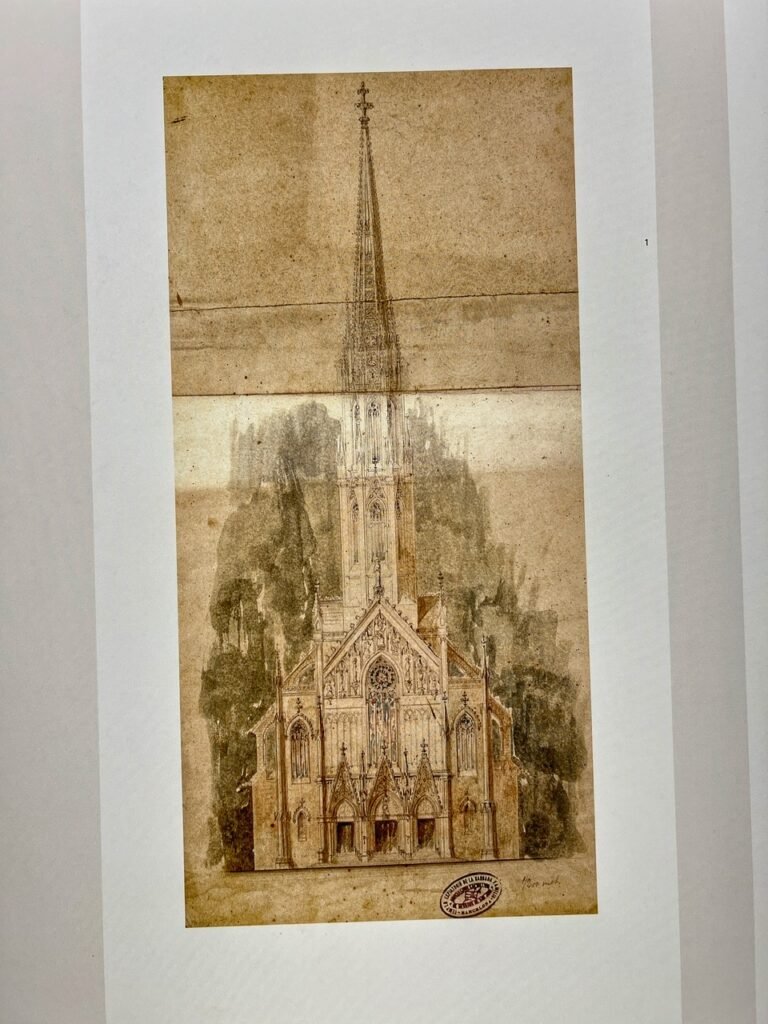
Before Gaudí got contracted to do the church, this is a rendition of the previous architect’s design. A wee blasé in comparison. Gaudí was obviously very anti-gothic in creating his masterpiece.

Even the bells are distinctive in their design.

Once the Jesus tower is complete, the four-armed cross will crown it. This is commonly found in Gaudi’s architecture and it is reminiscent of the cypress seed, or the tree of life. Funnily, when Greg was eyeing a mock up of this, an American walked up with her kids and, not bothering to read the plaque under her nose, told her kids “Look! A four-sided cross. It points north-south-east-west because Jesus loves everybody.” <Insert eye roll.>
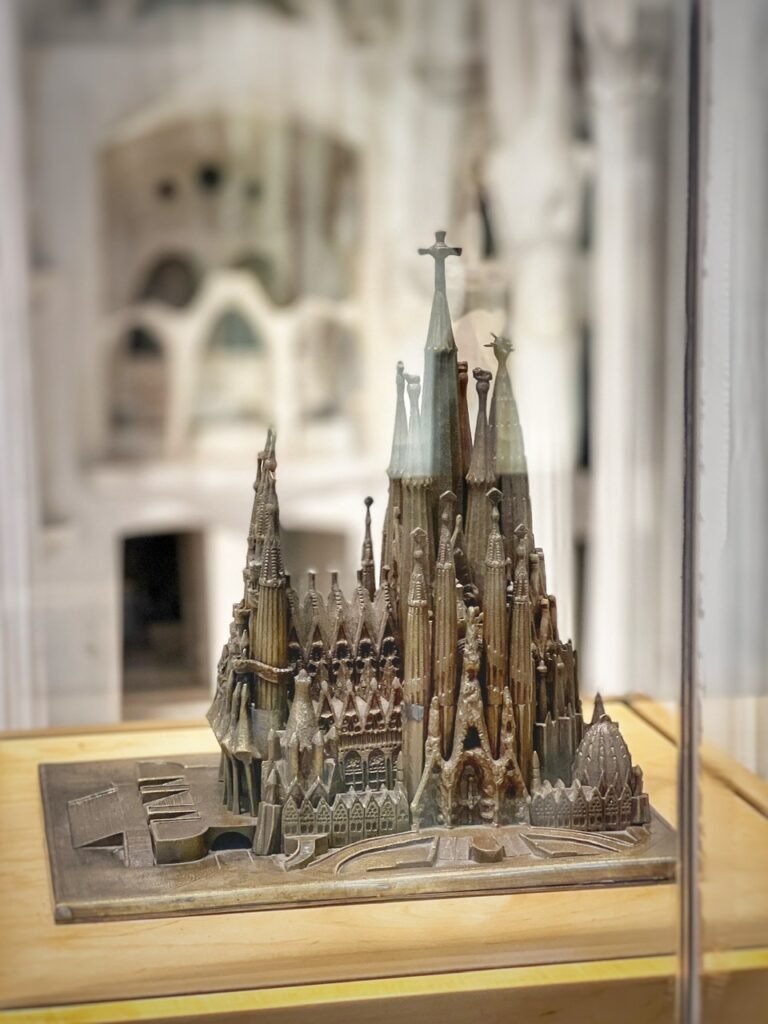
A model of the completed marvel. The central tower will be an astounding 172.5 meters (566 feet). It will be just slightly lower than the top of Montiuic, the tallest point in Barcelona, because as Gaudi said man-made constructions should never surpass the work of God.
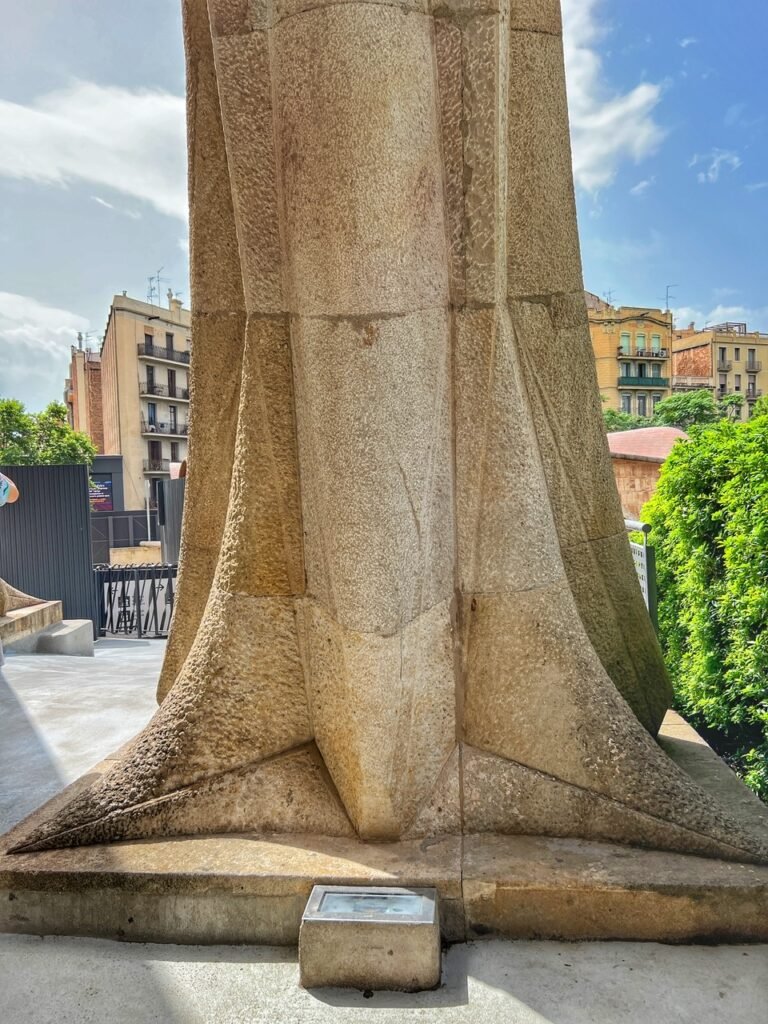
After many years of research into helicoid plant growth, one of Gaudis most unique innovations was to use this growth movement for his columns. This is the same design used in plants like basil, which also resembles the sacred ceiba tree.
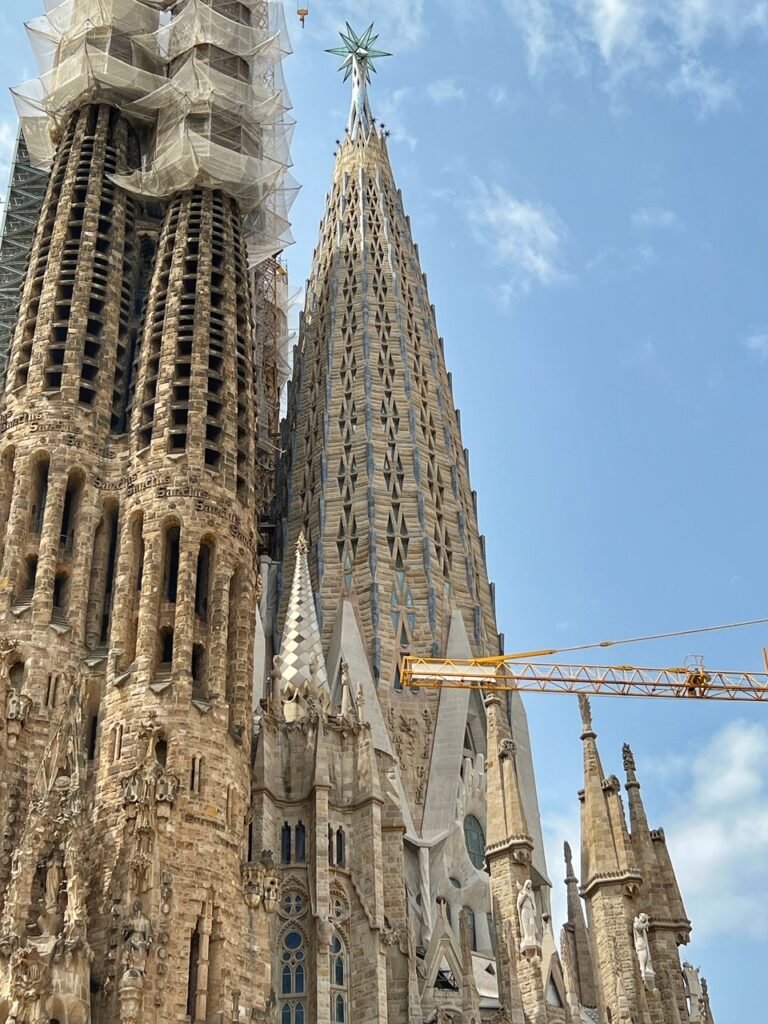
A close-up of Mary’s tower, finished last December. The 12-pointed star, representing the apóstoles, measures 24.6 feet and weighs 5.5 tons.
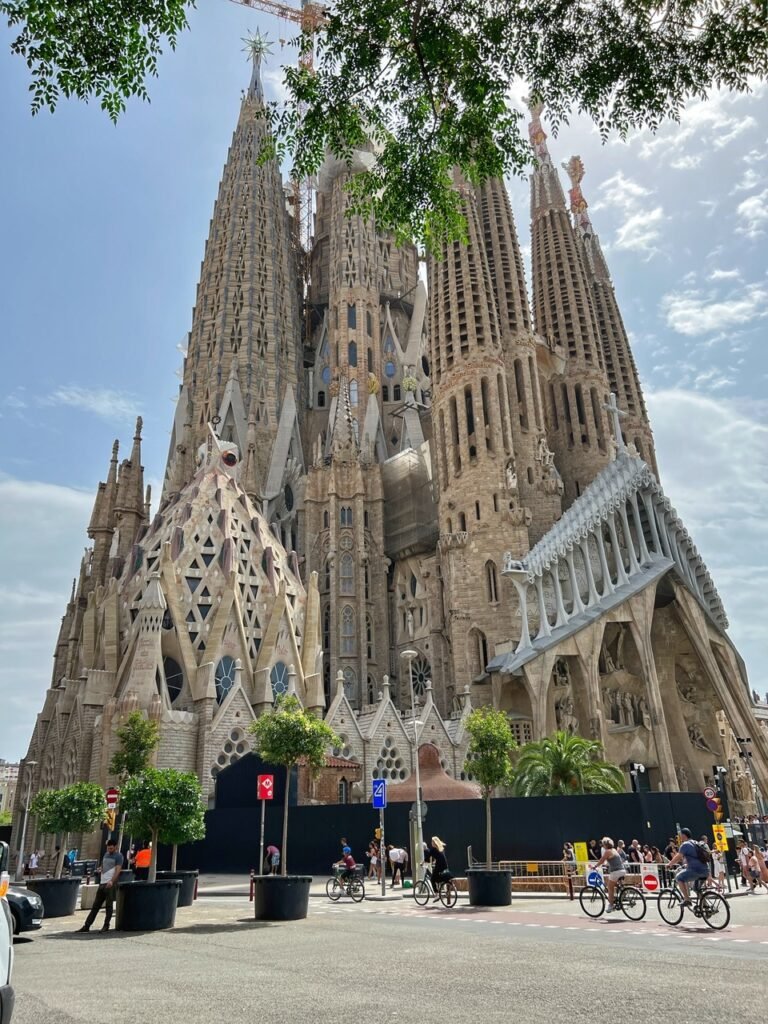
Taking in the full shebang from across the street. Just wow. Yea, we said it again.
Hop On … And Much Later Hop Off

On a less visually stimulating day, we did a thing that we never thought we’d do. In order to see the giant city of Barcelona in Mandy’s situation we….<insert scream!>…got on a Hop On, Hop Off bus. ? Well, in actuality we “hopped” on and stayed there. While it was a good way to get a layout of the city, it in no way provided the intimacy of being able to walk among its beauty. But as always, we made the best of it and chuckled at the audio guides’ feeble and uninformative descriptions. Cost of bus was 30€ EACH and our budget was officially in the rubbish bin for June. And yes…we experienced a whole different side of travel (sin selfie sticks?).

The pool that was used for the 1992 Olympic Games. This was the year that Freddie Mercury’s 1987 song “Barcelona” was made famous even though the brilliant singer had died the year before.
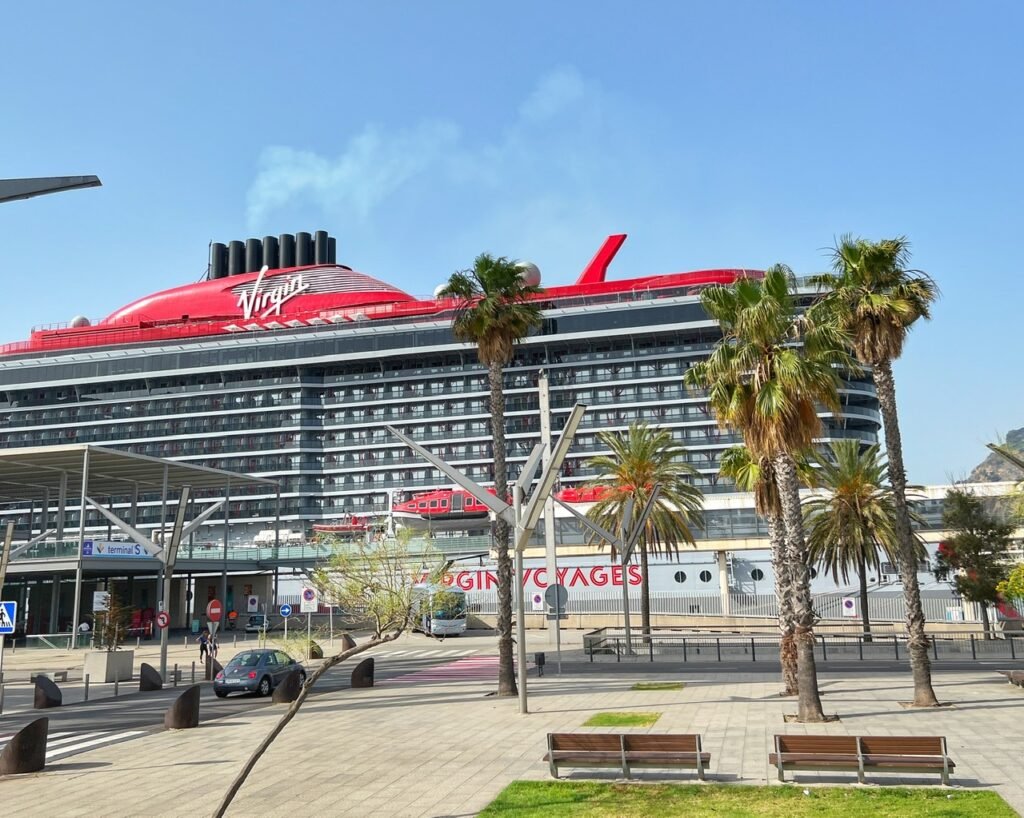
Port Vell, the busiest cruise port in Europe had docked four that day. In 2018 they hosted 2.7 million passengers. We made sure to put our masks on tight for the drive-by.

Buildings surrounding Port Vell


Our audio guide informed us this is the Columbus Monument. The end. (And yes, we were practically the only ones on the bus until about 11 am.)
Wow. Thanks for the riveting education, mass tour bus. Perhaps you could tell us a factoid that makes us like him more, or which way he is pointing? Could it be…..west?!?!?
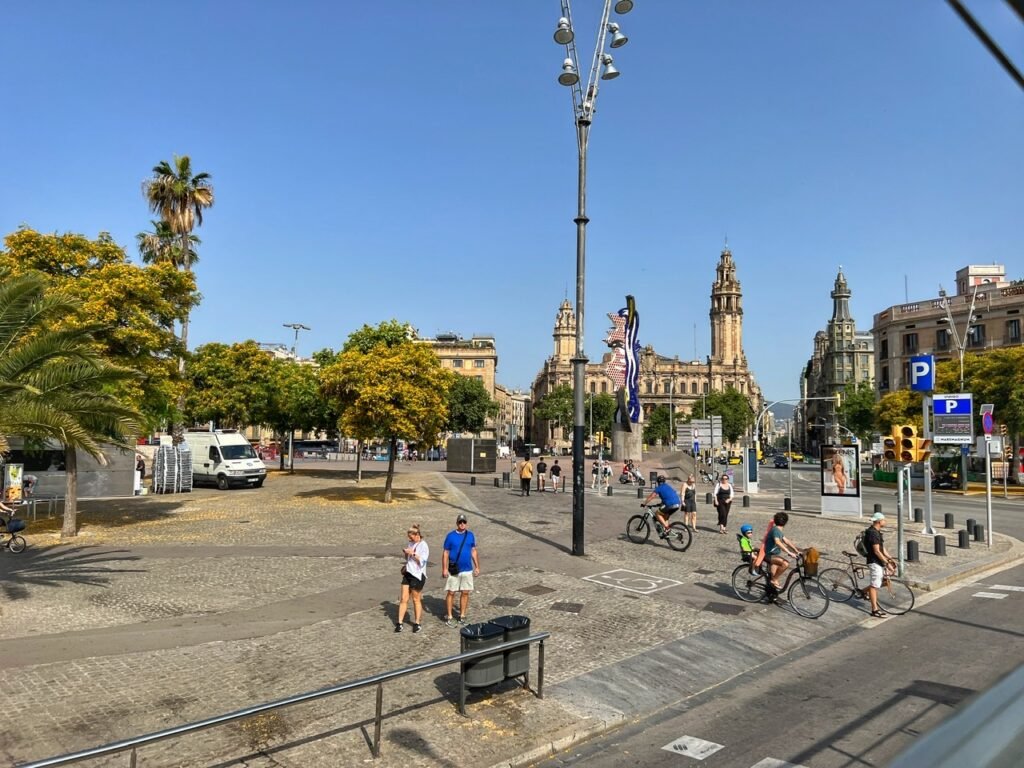
A plaza near the port.

But, truly, Barcelona has lovely architecture. Looks like a nice place to live, huh?

These are the things you pass by regularly and can’t get a decent picture of when you’re on a stupid tour bus. Oh well. Guess we’ll just enjoy the moment…

And this sushi. All you can eat was 15€. I guess we like food in Spain again. So long as it’s not Spanish…
Which brings us to…
Our Spain Wrap-Up
After three weeks in Spain and five locations, we must admit, we were not totally disheartened to leave. Now…we know, we know, there’s a lot of people out there that probably love traveling this country, but our personal opinion is…not so much. Part of this was obviously due to personal reasons…Mandy’s foot was still not walking ready, and we traversed across the middle of the country at lightening speed, which is not our normal style. That said, most of Greg’s explorations once we got to a location were solo and rushed, making this a challenging time for both of us. Add this to traveling during high season, hot weather, and the fact that we’re morning people, which is evidently an extreme minority in all of Spain. But who knows? We’ll probably give it another go one day! After all, there are many housesits here, especially in the south.
Time Spent: 21 days
Money Spent: $1639 (~$78/day)
Places Visited: Salamanca, Segovia, Zaragoza, Corbera de Llogerat & Barcelona
Our upsides of Spain:
- The language. Up until we got to Barcelona, we were able to function for the most part with Spanish. English also relatively common
- Simple transportation options and ability to buy online. Kudos to Barcelona specifically for their integrated public transportation system
- The copious amounts of sunshine
- The abundance of incredible architecture and art that crosses many time periods and cultures from the Moors, to the Romans to the Christians.
- Sagrada Familia is truly a modern world wonder. If you’ve ever wanted to be inside a masterpiece, this is what it feels like.
- The fantastic foreign food selection. We’ve seen everything from Filipino to Bolivian to Japanese to Honduran here
- Pop up festivals and parades
- Walker’s paradise
- Fantastic healthcare quality, price, and options (7th in the world!)
- We experienced many kind strangers willing to help Mandy
- Nice beaches (Barcelona)
Our downsides of Spain:
- The cuisine was a letdown. We’ve heard about tapas our whole life but of the ones we tried, (which was a lot), many of the traditional dishes are meat laden, (and not just the conventional meats!!), greasy and fried.
- Also, bread, bread, bread. Gluten is hard to avoid.
- As mentioned, as morning people , we simply found it difficult to adjust to the hours the Spaniards keep. This makes us grateful to realize most countries are “morning societies.”
- The forced adaptation to mealtimes, going along with this. And it wasn’t just restaurants. It was grocery stores that closed all afternoon and all day Sundays.
- The bureaucracy of their planning and systems. We really discovered this upon an airport pickup of our housesit host.
- The most expensive country we’ve traveled in, besides our own, since 2019. We obviously expected higher costs, in tourist areas but mostly we chose non-touristy area. Thus, it felt drastic to us, so perhaps a bit of inflation as well. We were paying around $45-$65/night for basic rooms with shared facilities. Transportation also high. Fortunately we were able to offset some expenses because we had an Airbnb credit from Delta from an overbooked flight in April, 4 nights of a housesit, (which was originally supposed to be 8) and buying food through TooGoodToGo.
- Walker’s paradise. Alas, not so fun on crutches. However, we do have to give Barcelona some kudos because we learned it’s the most wheelchair-friendly city in Europe.

